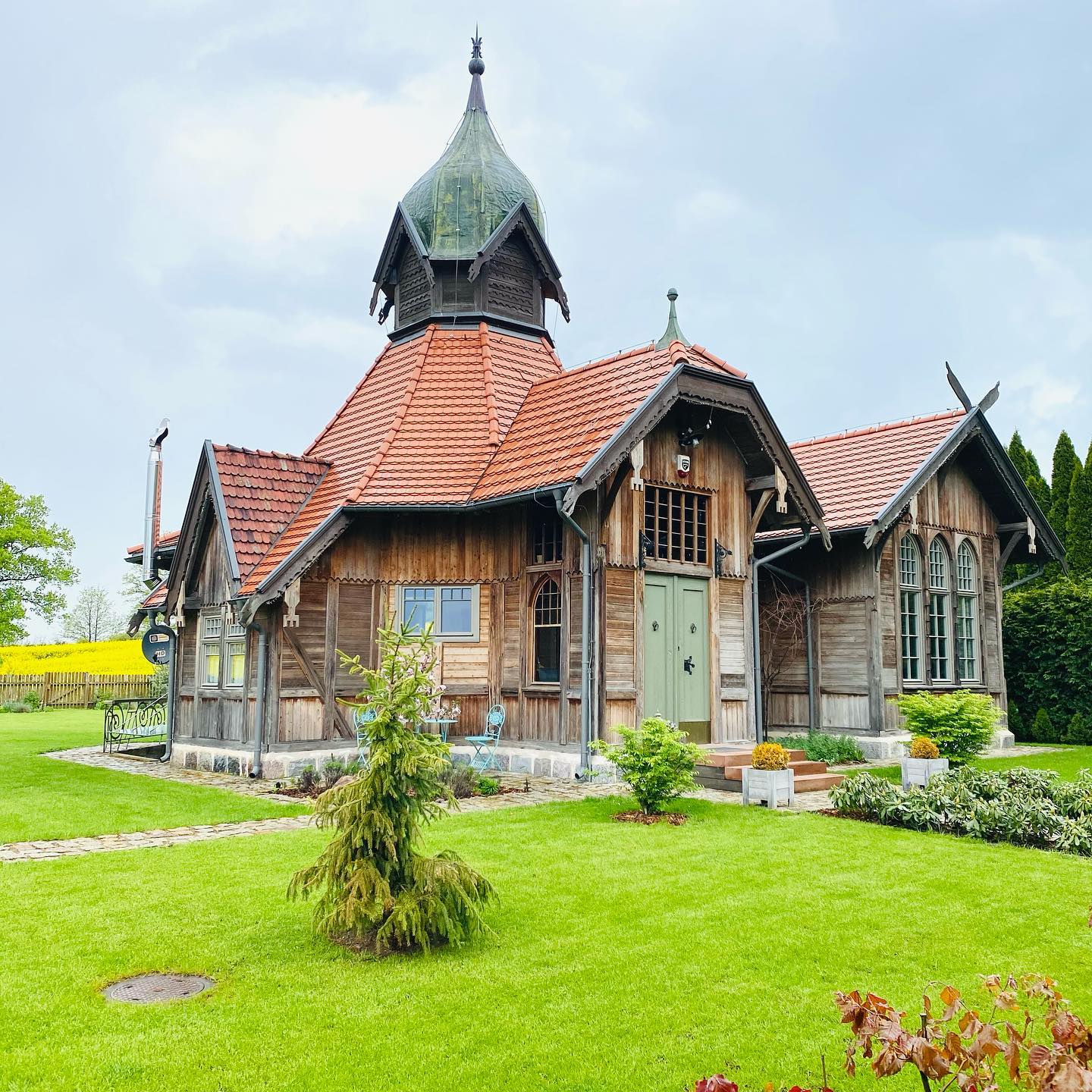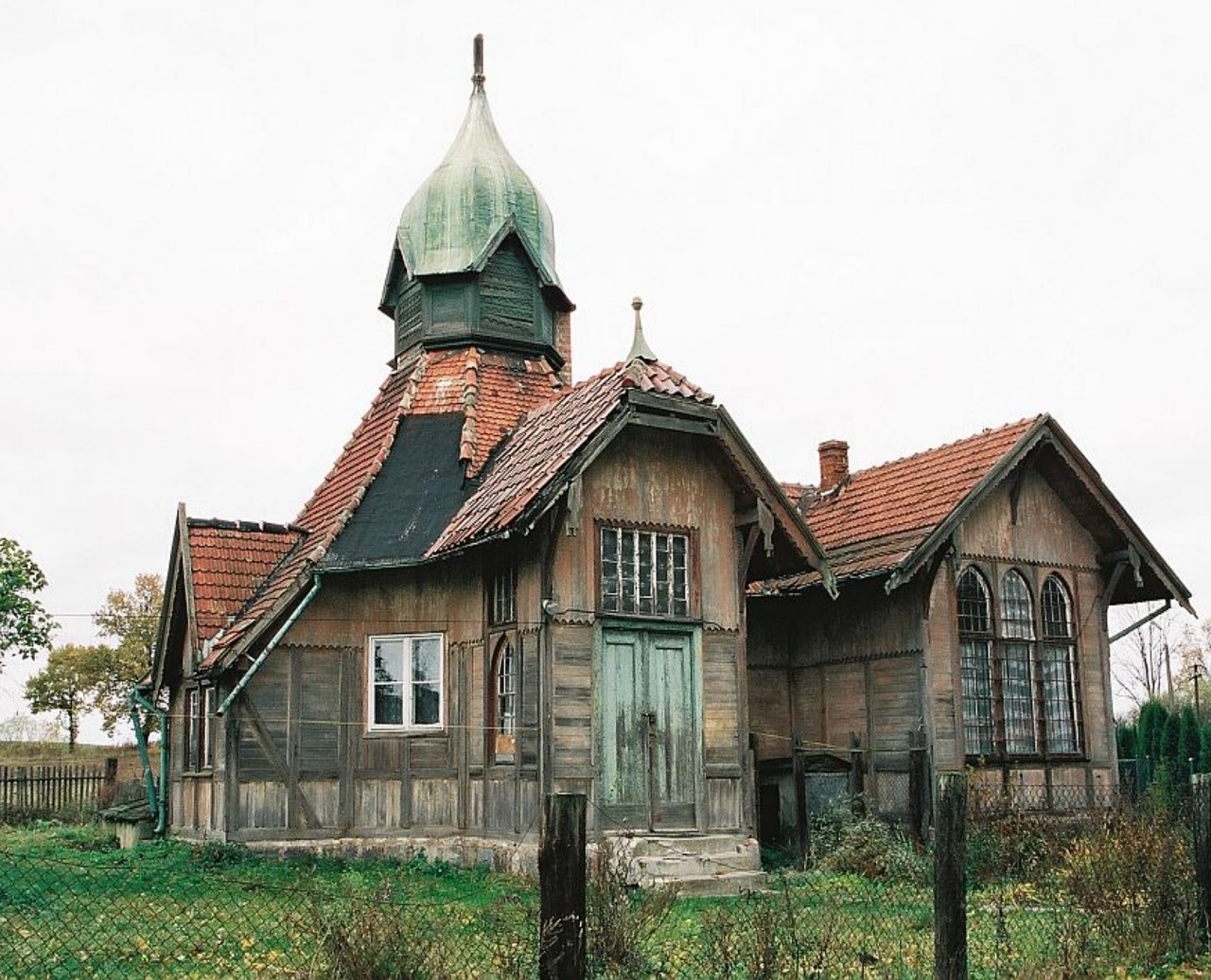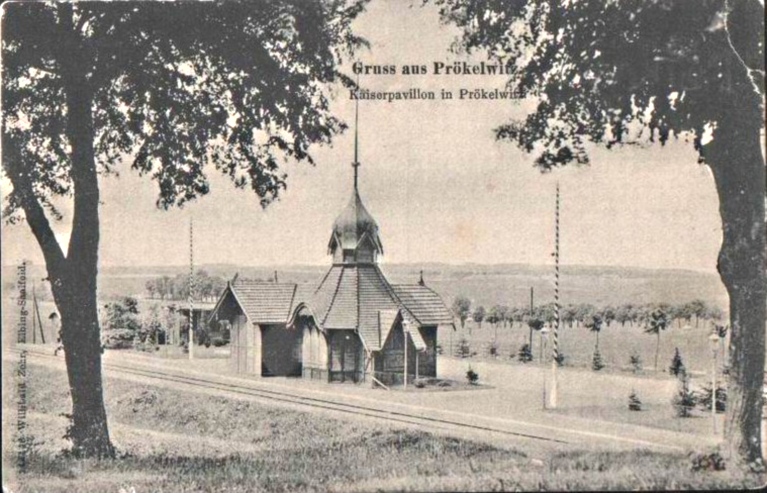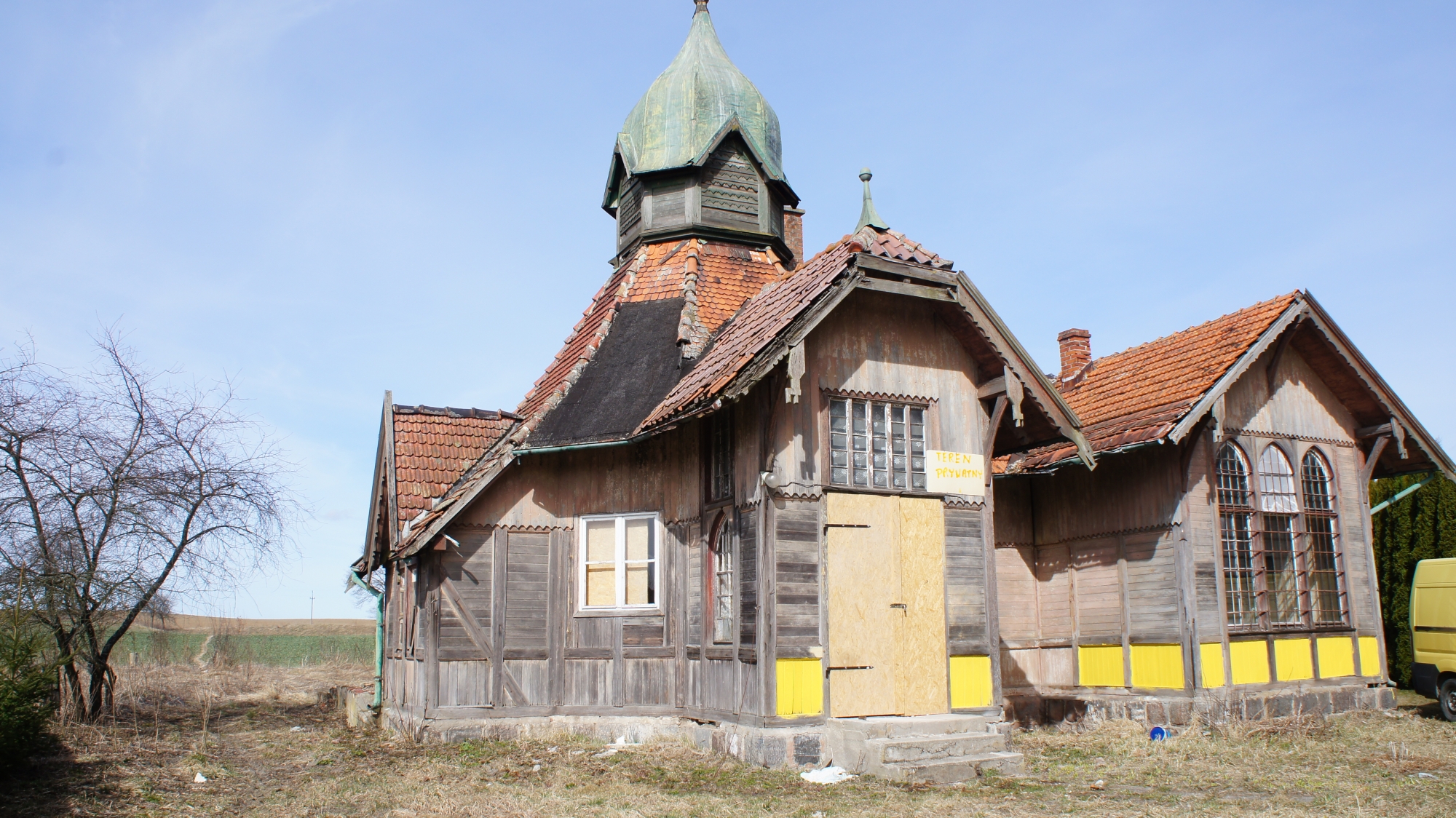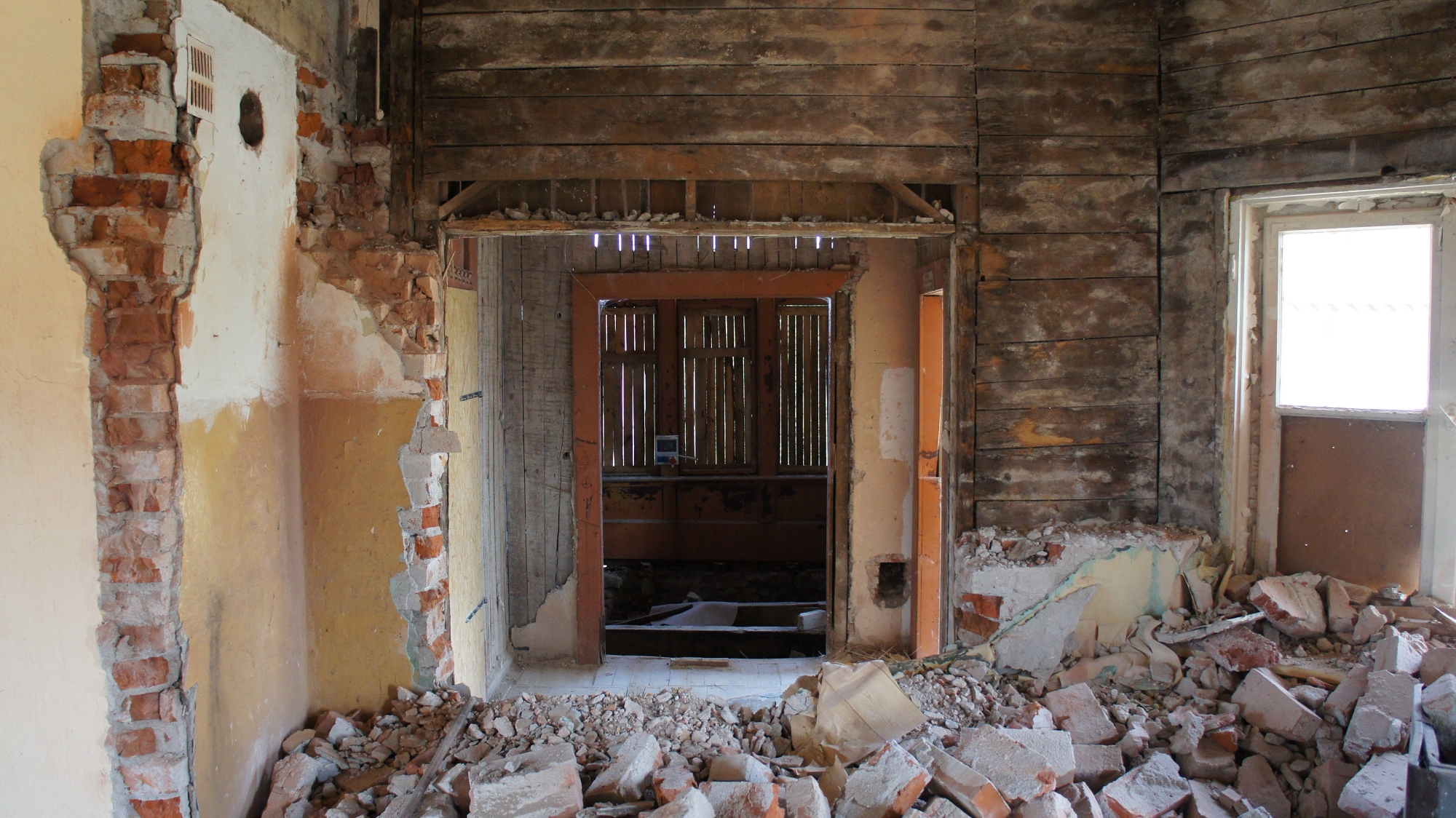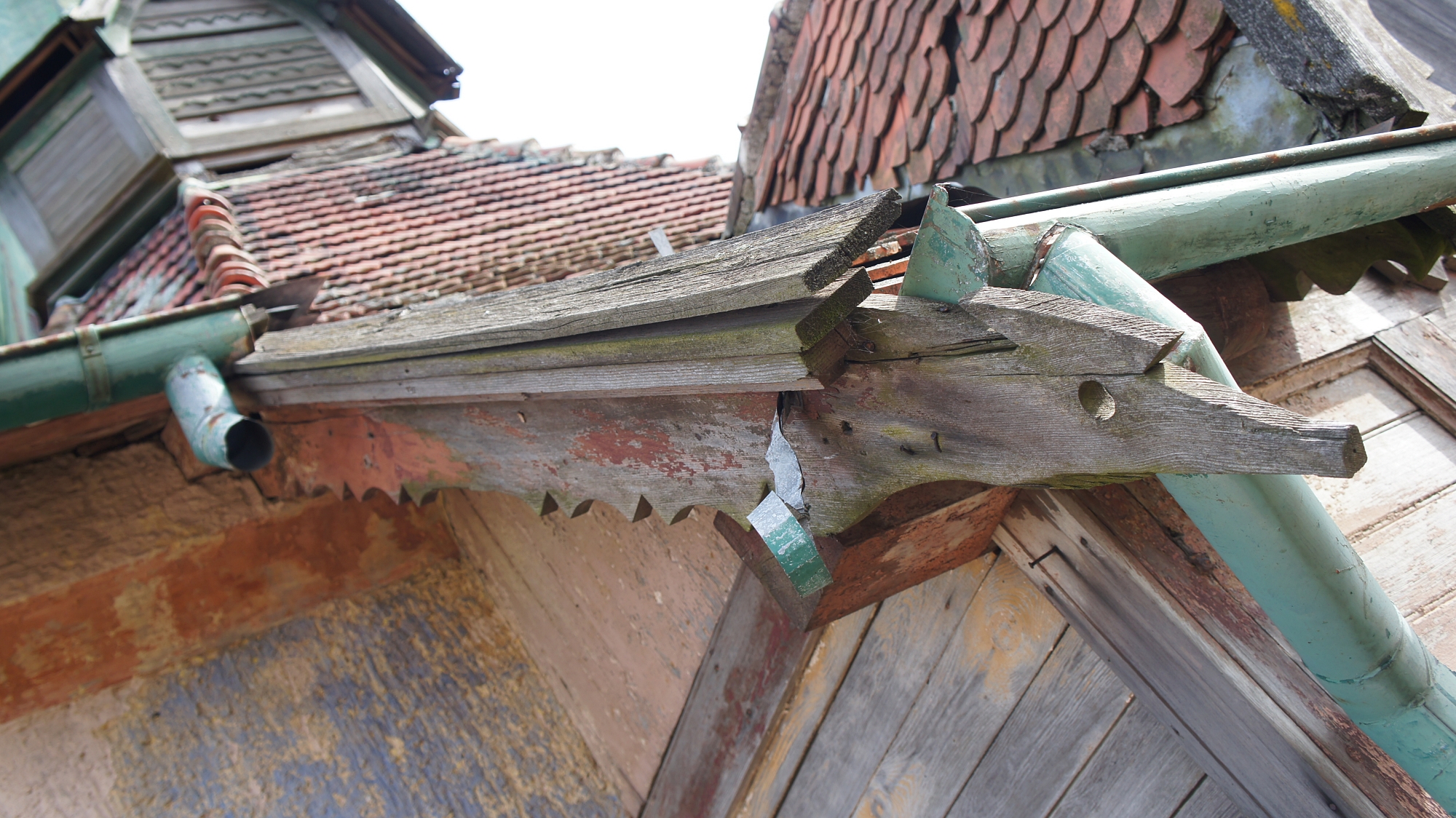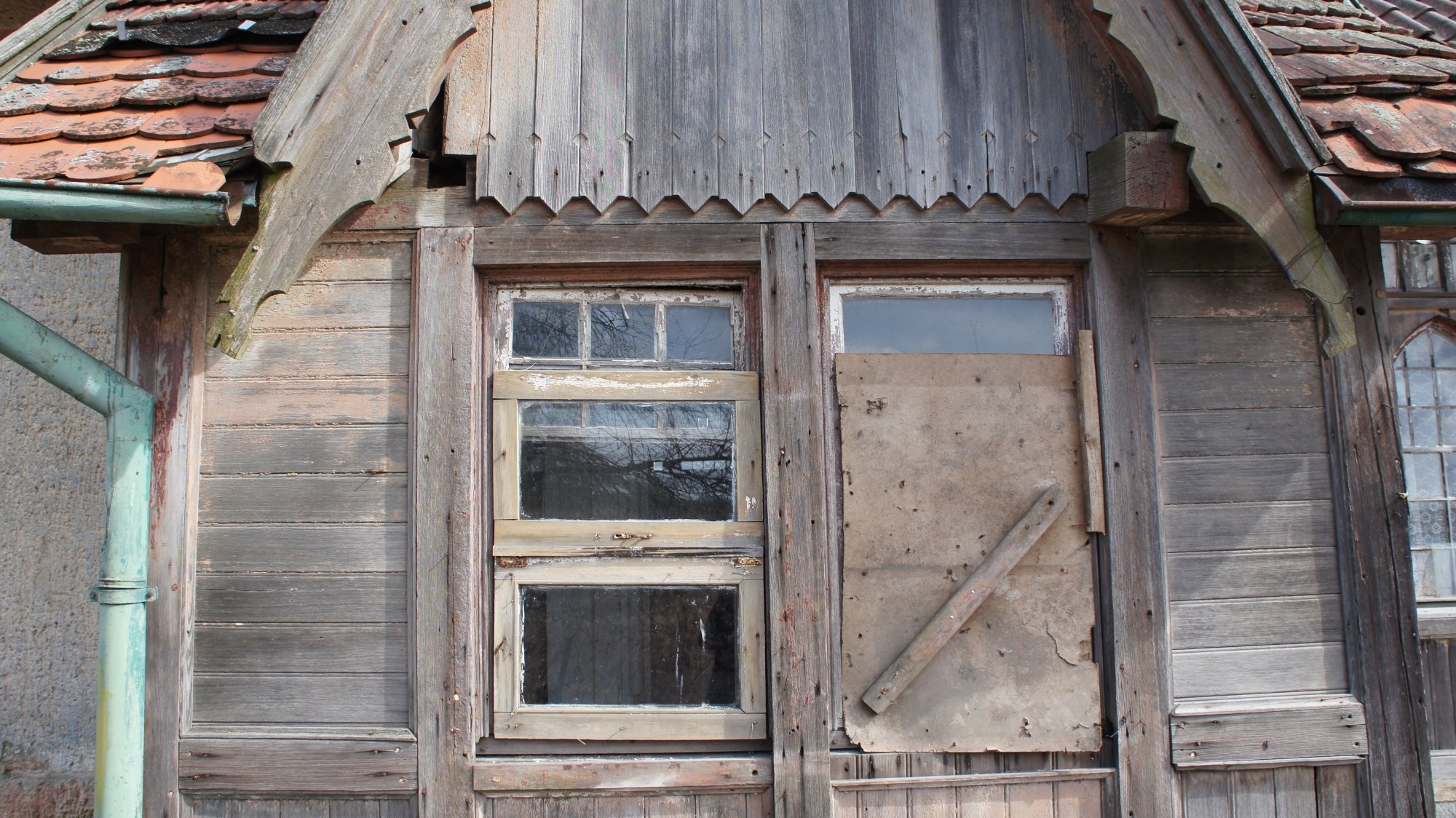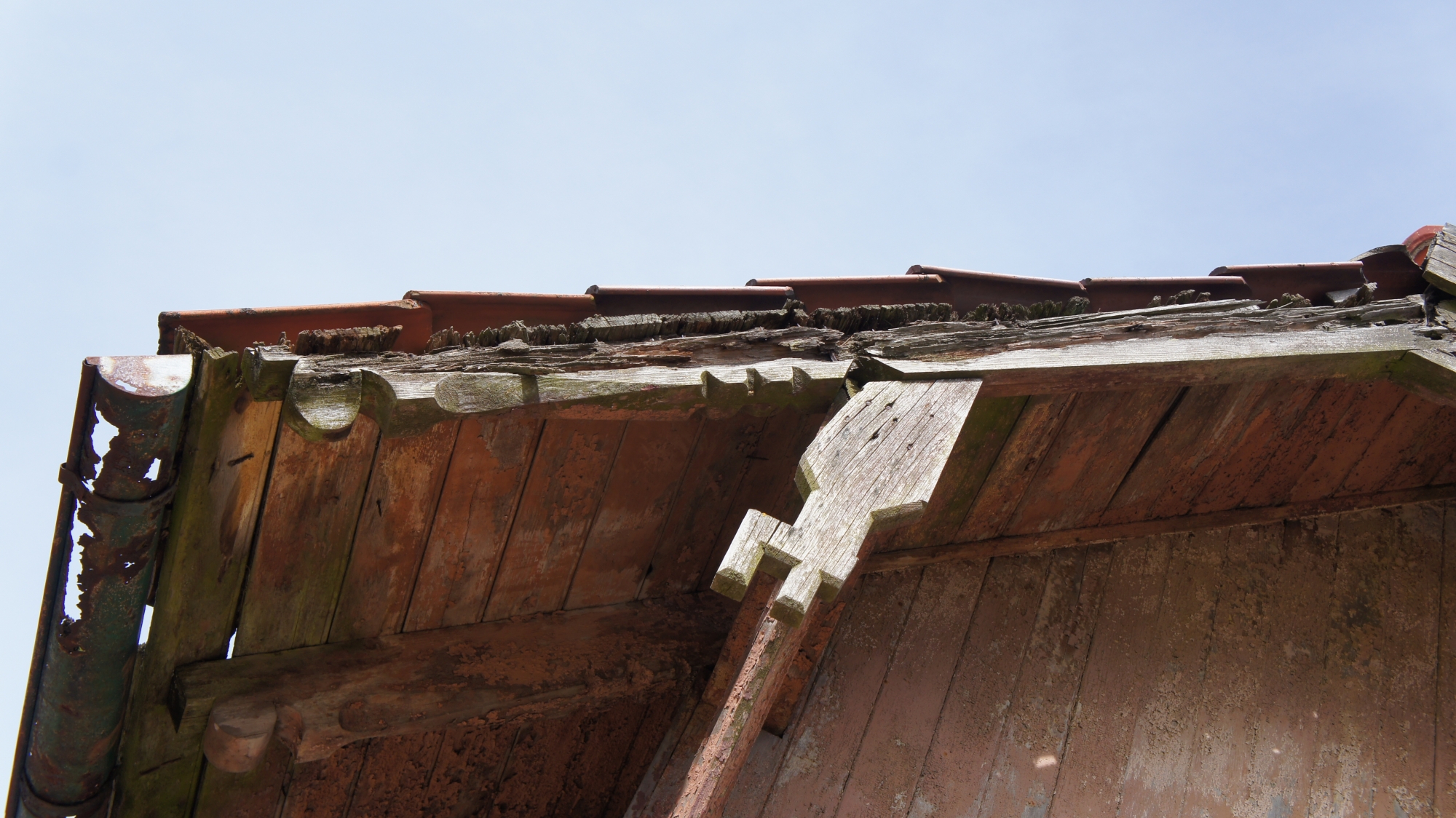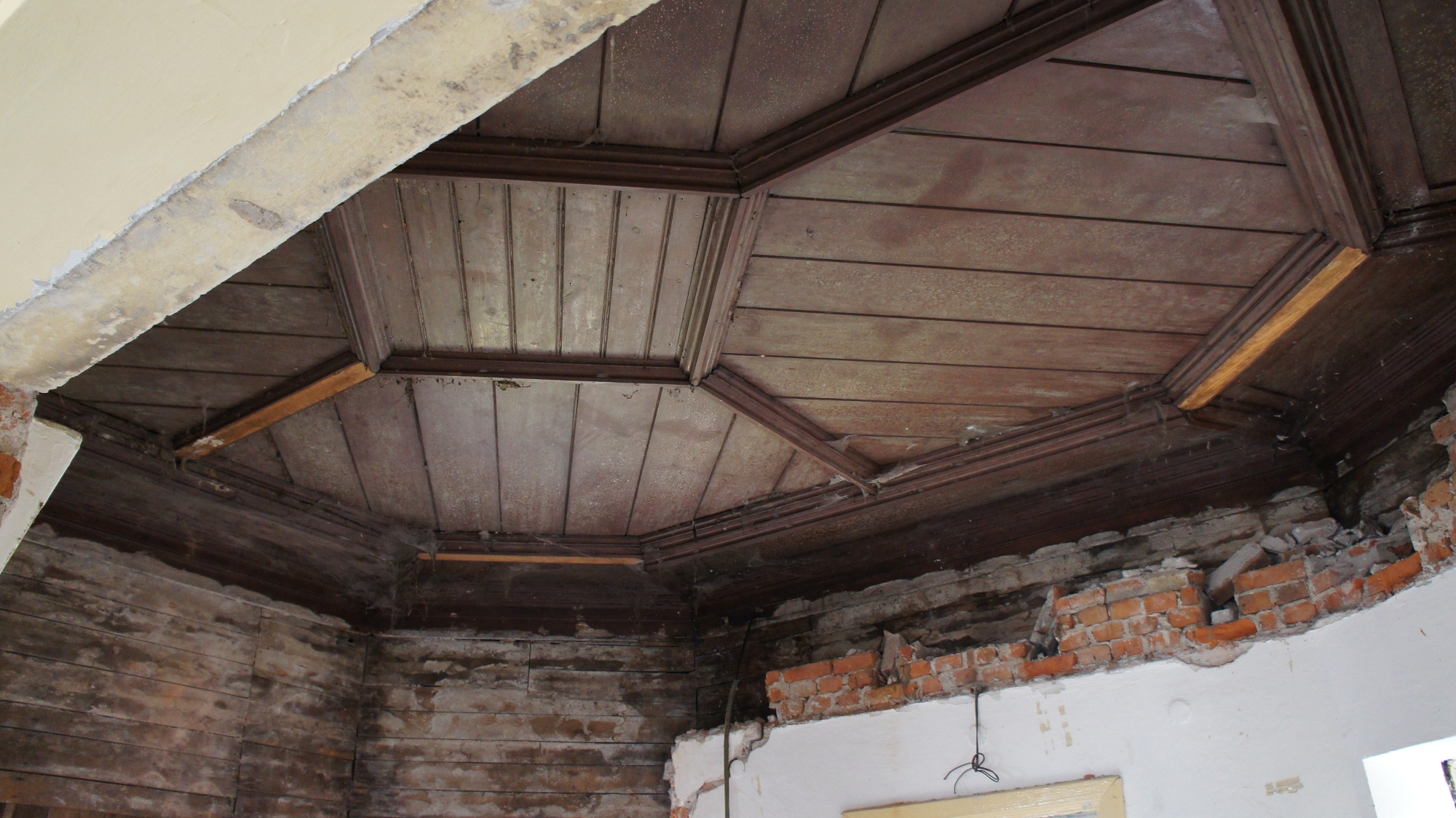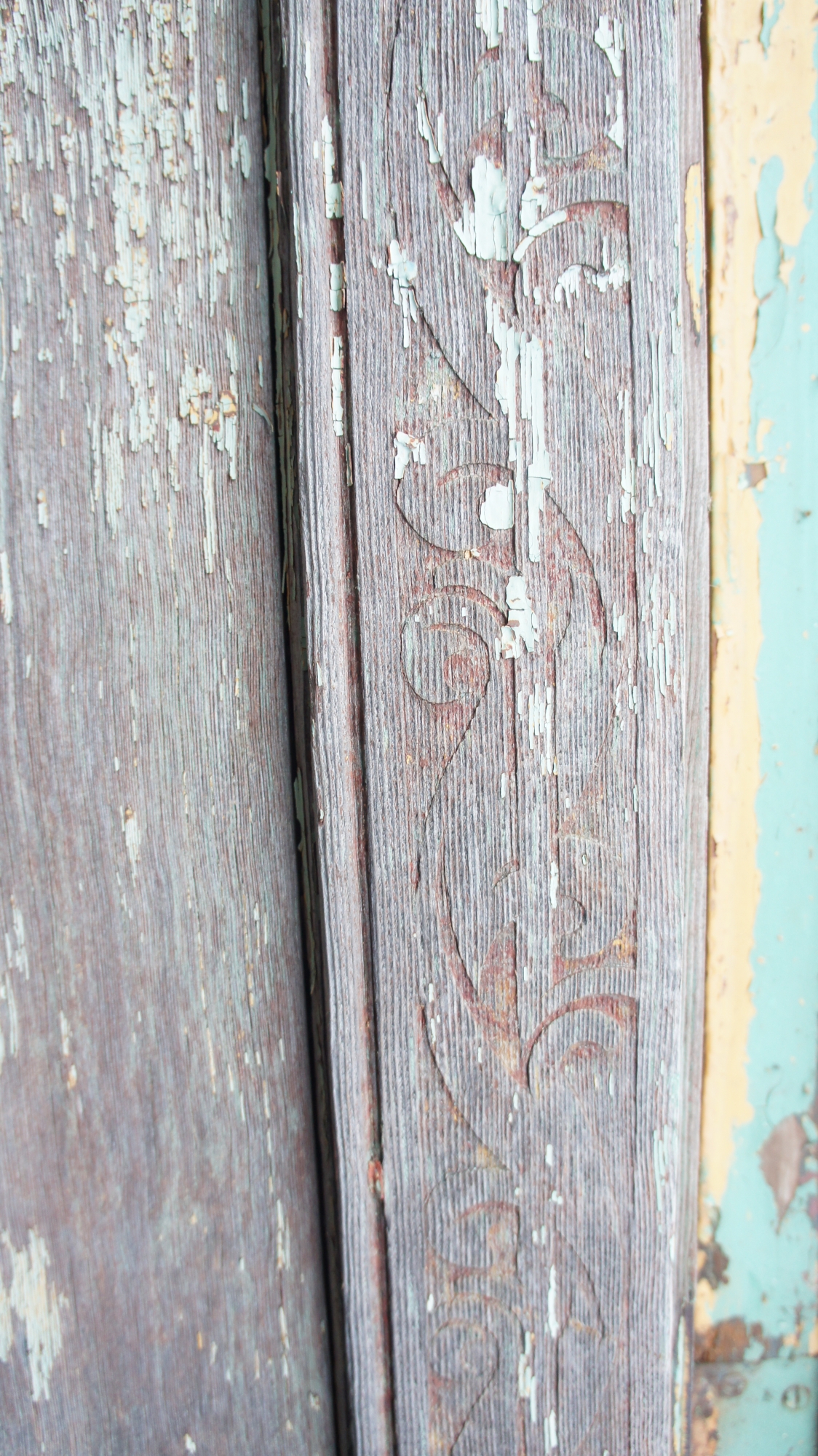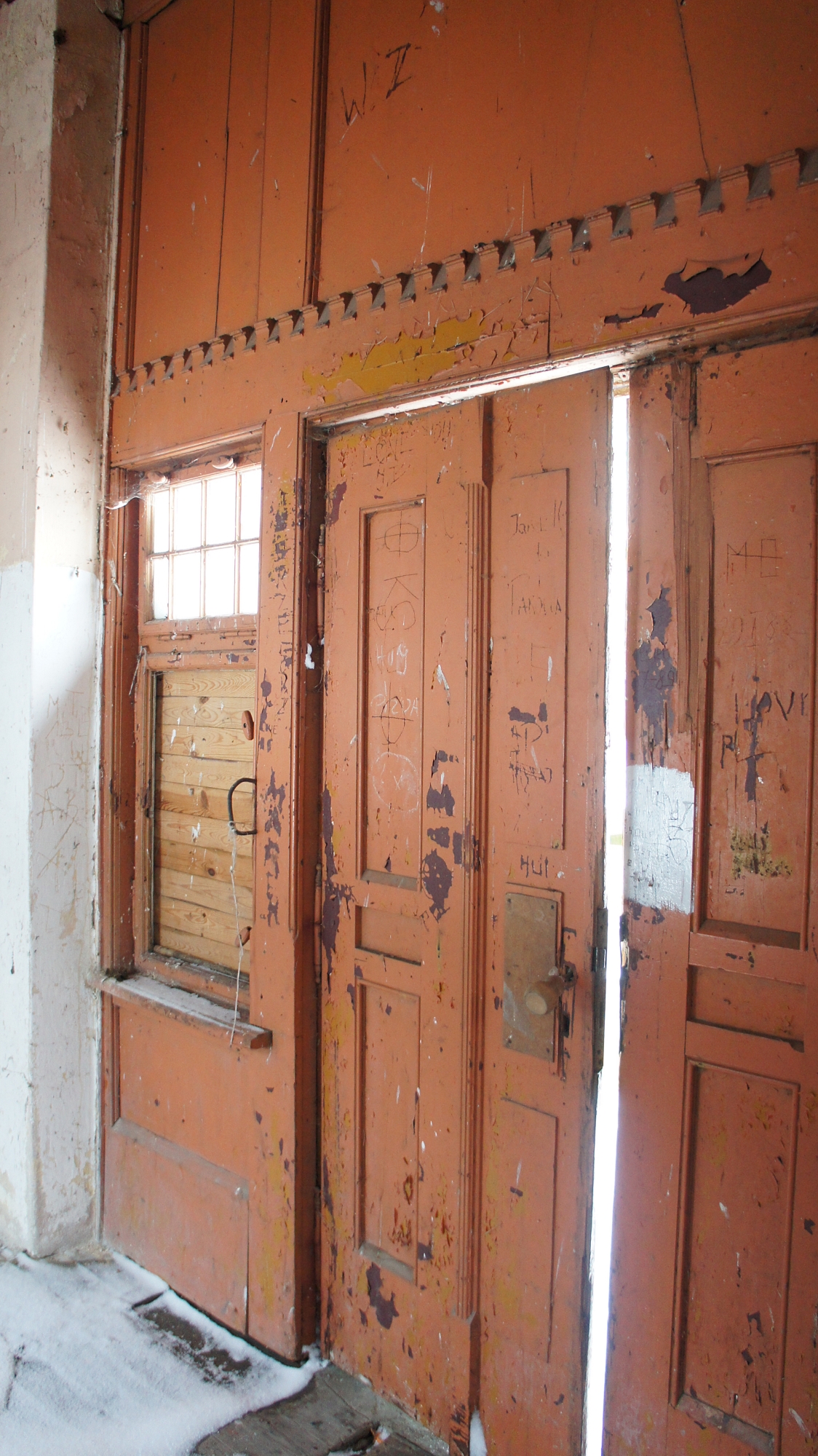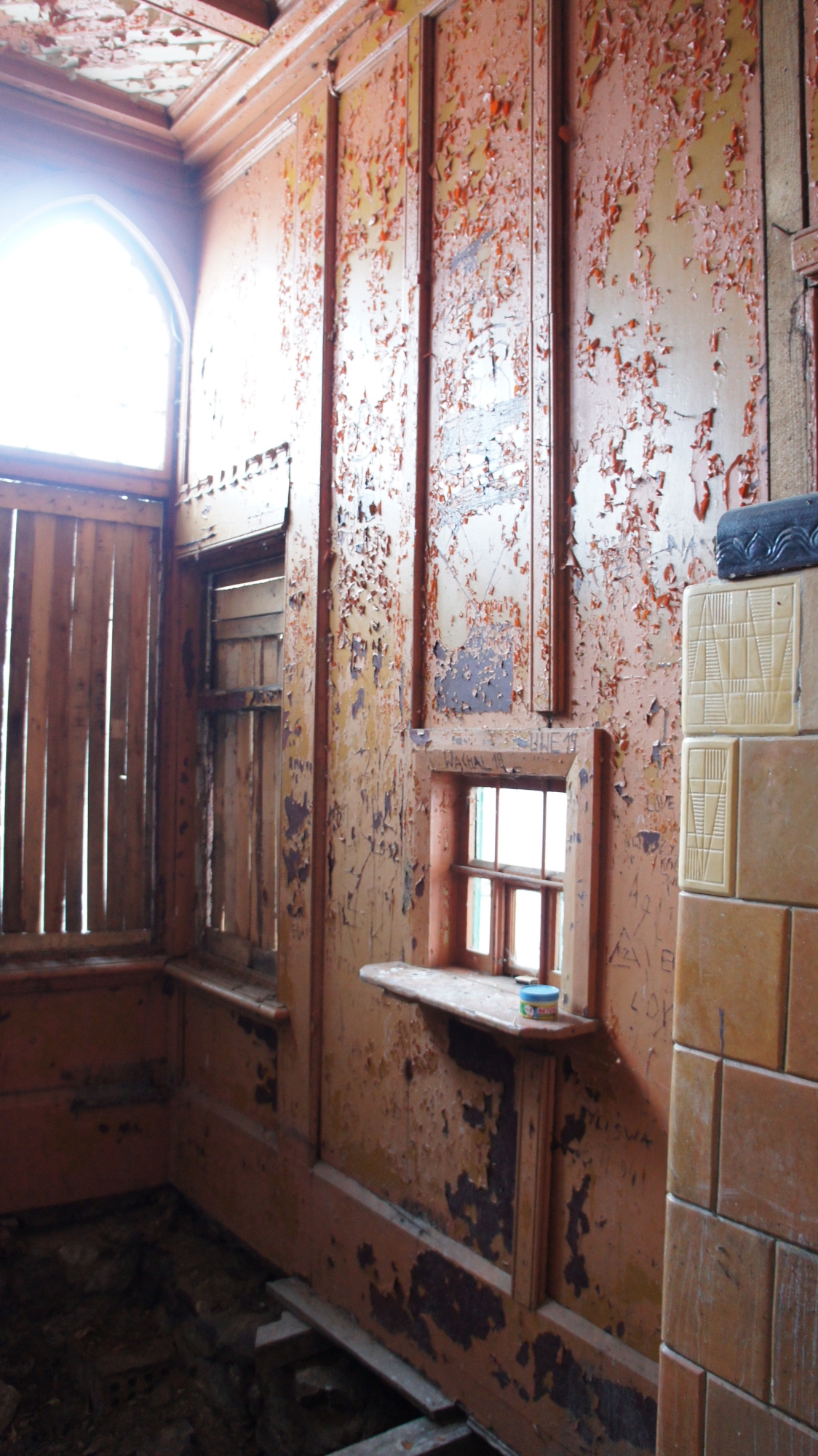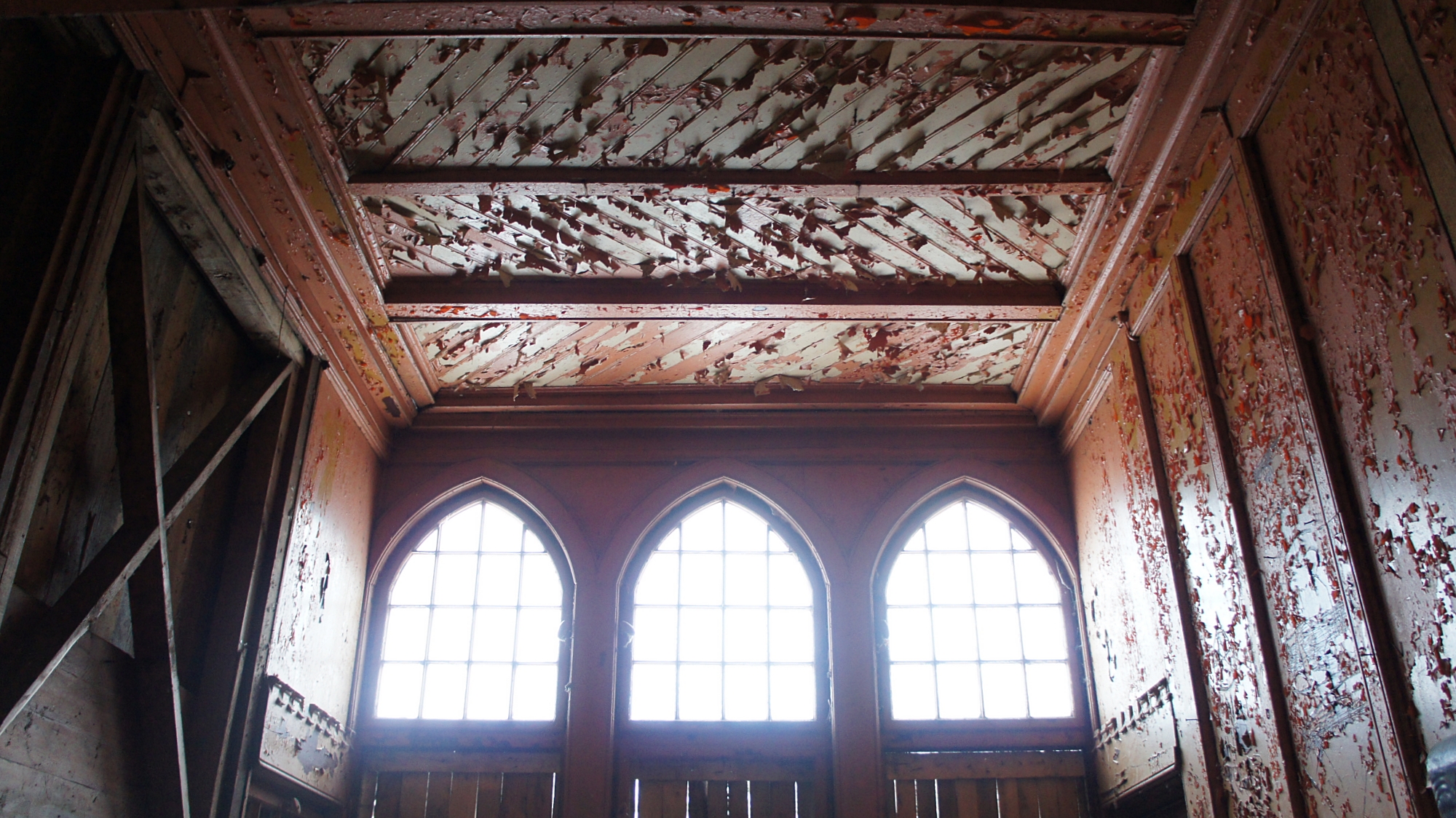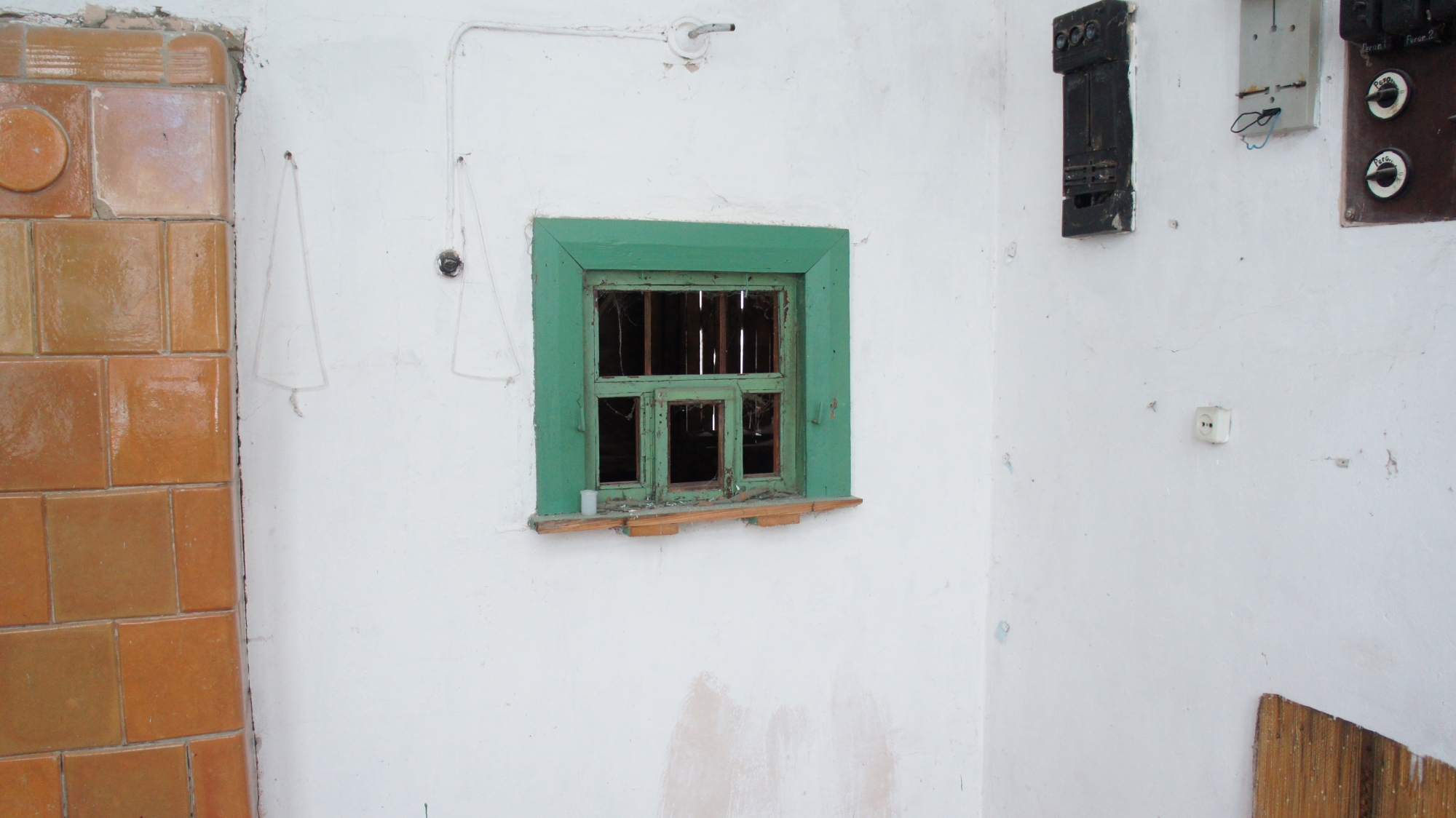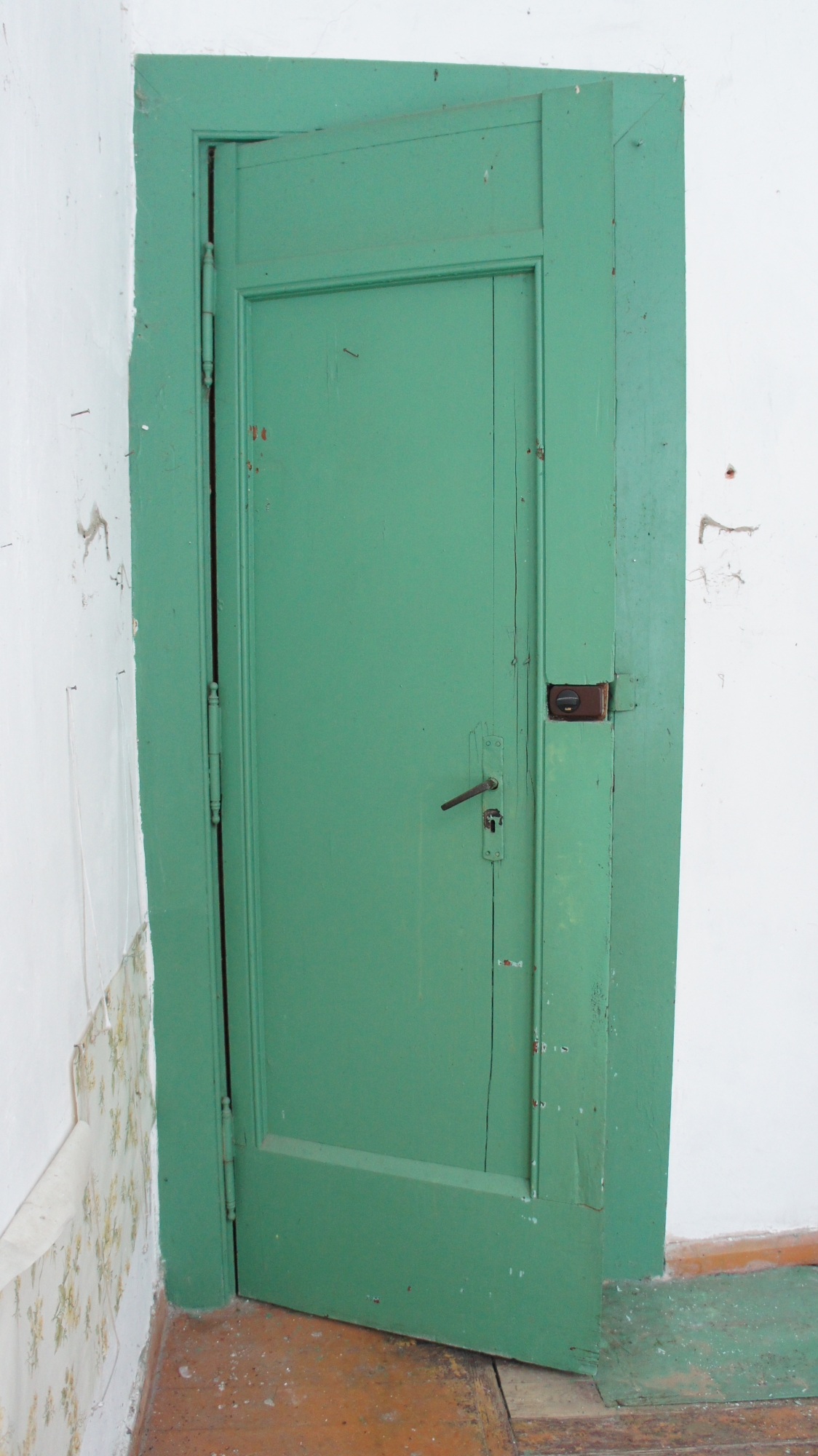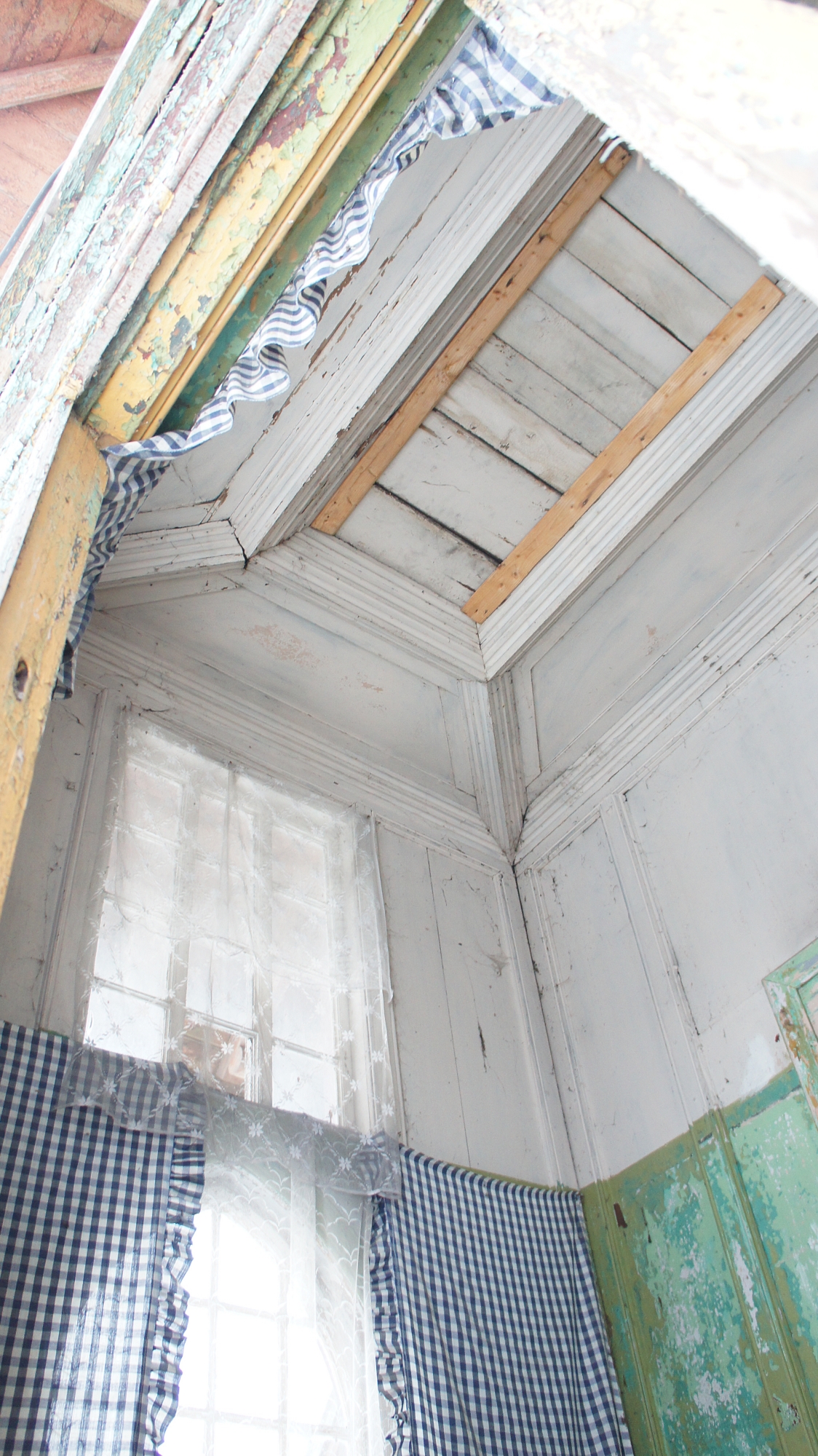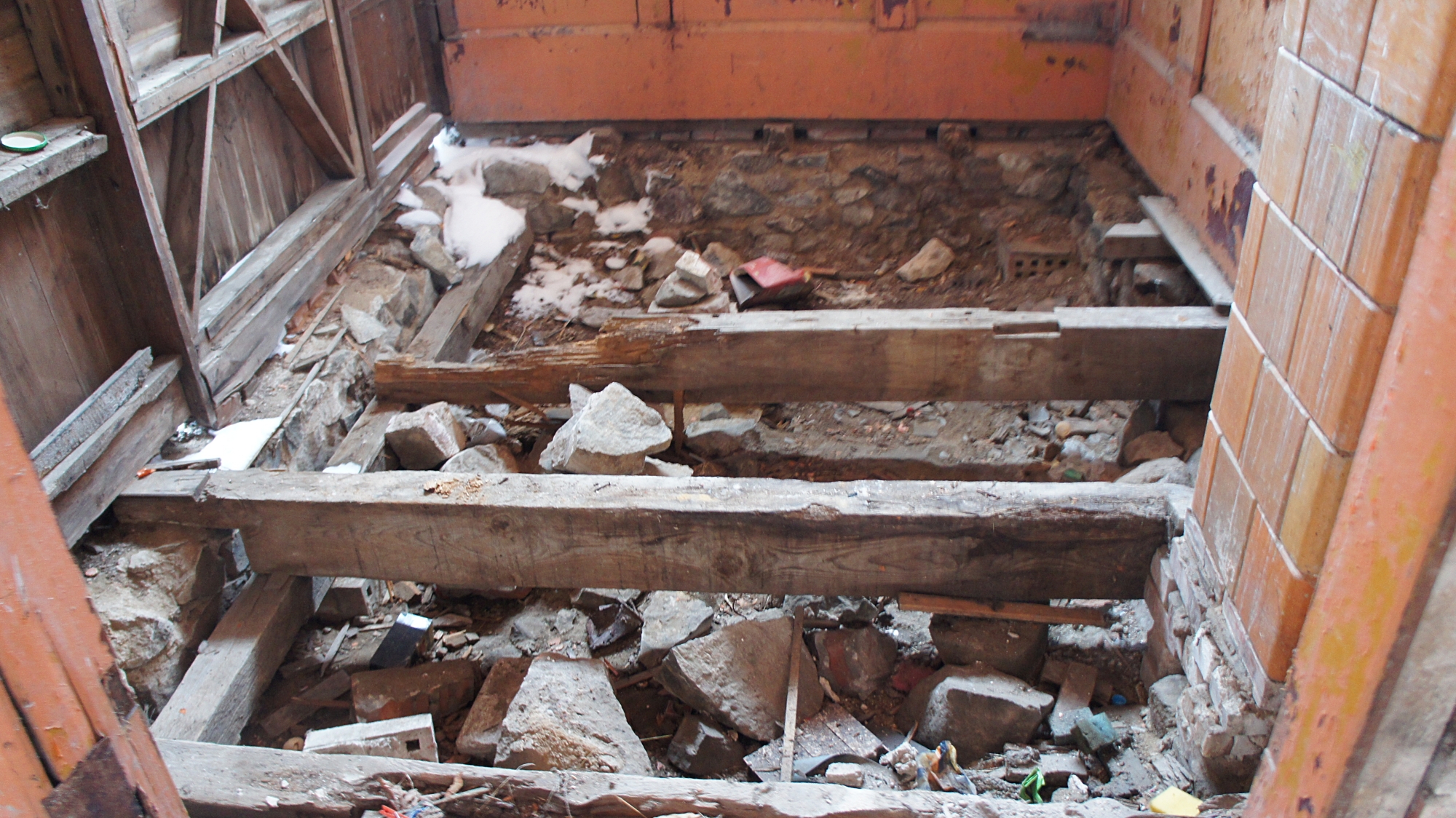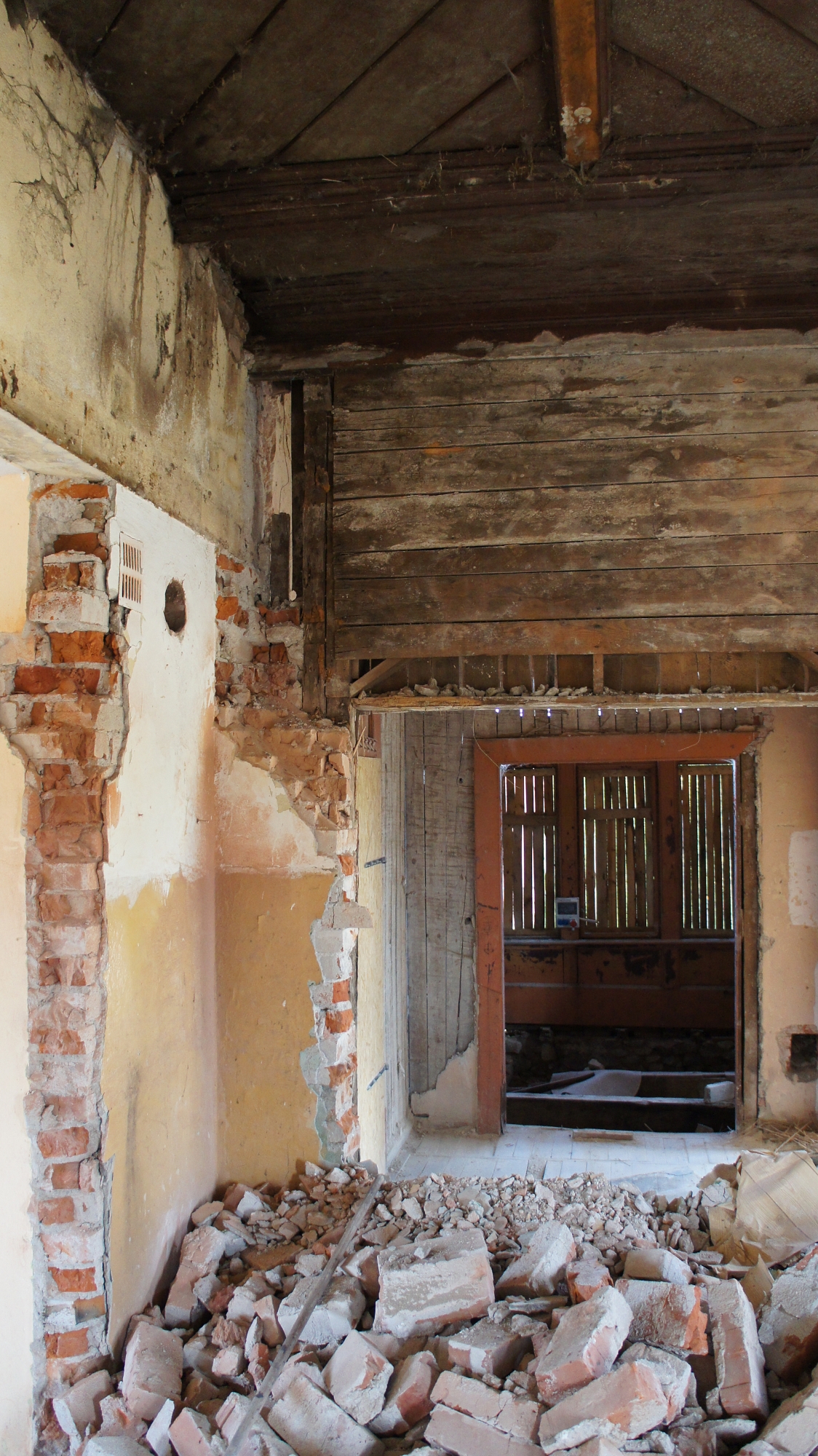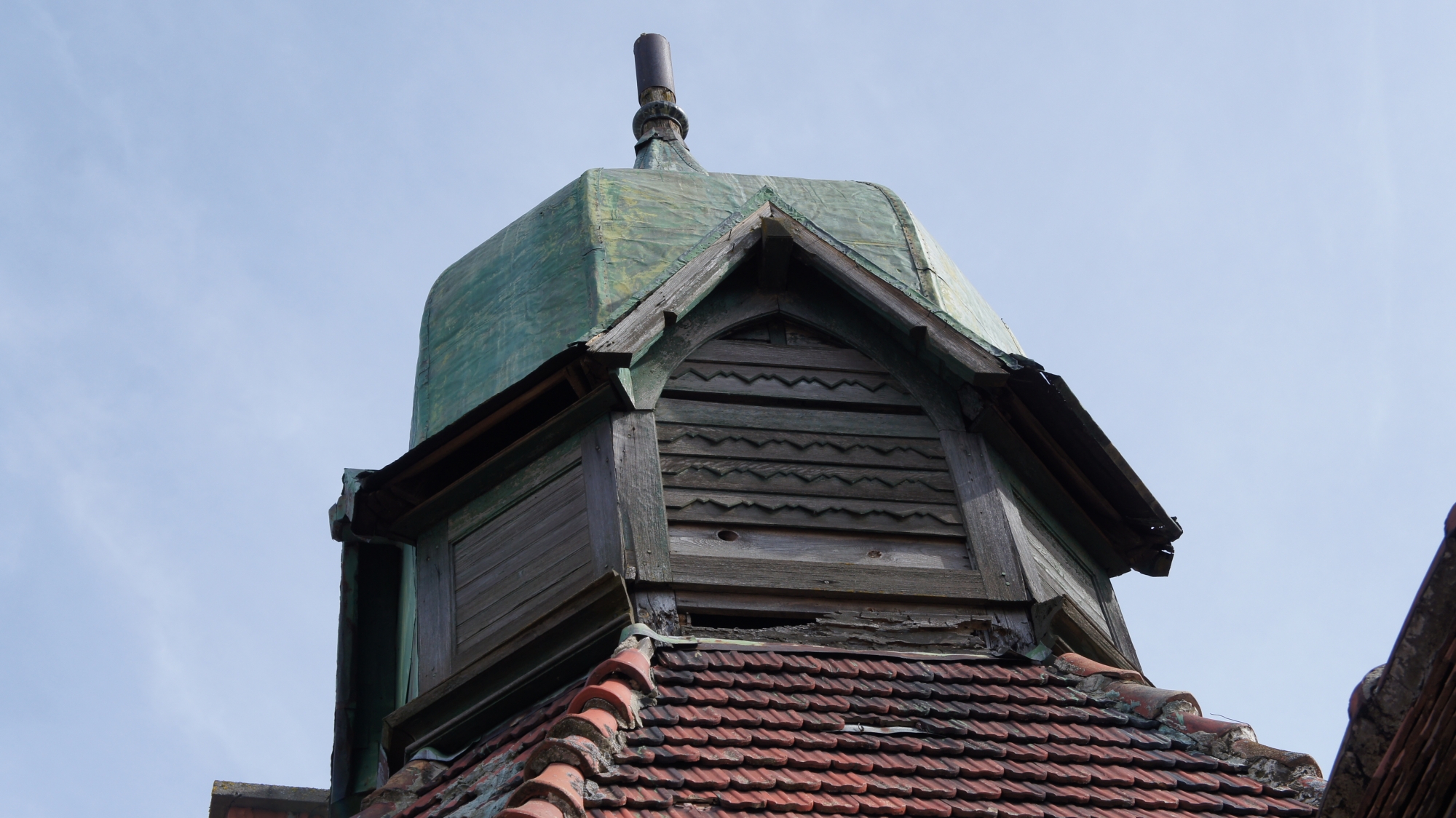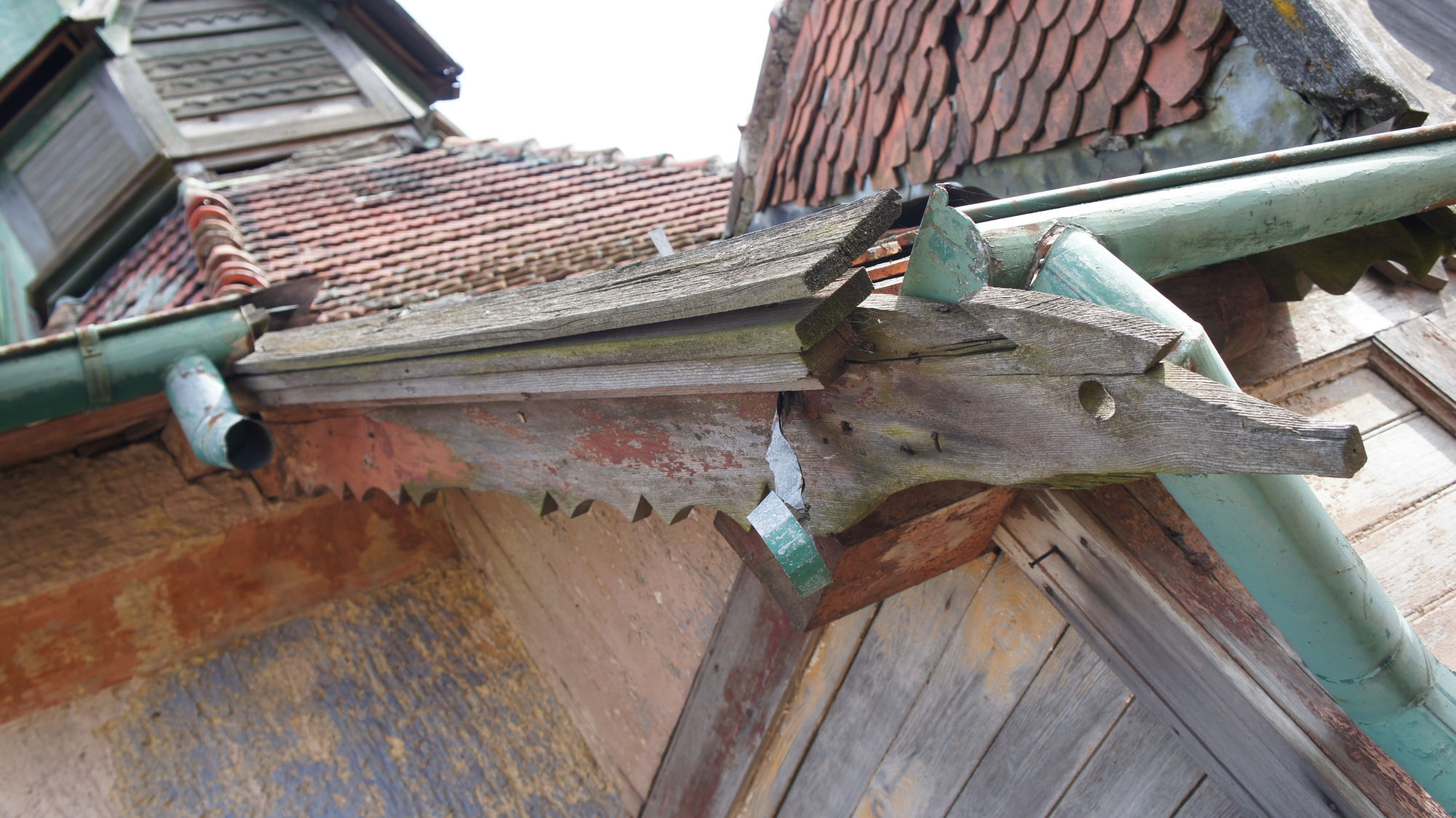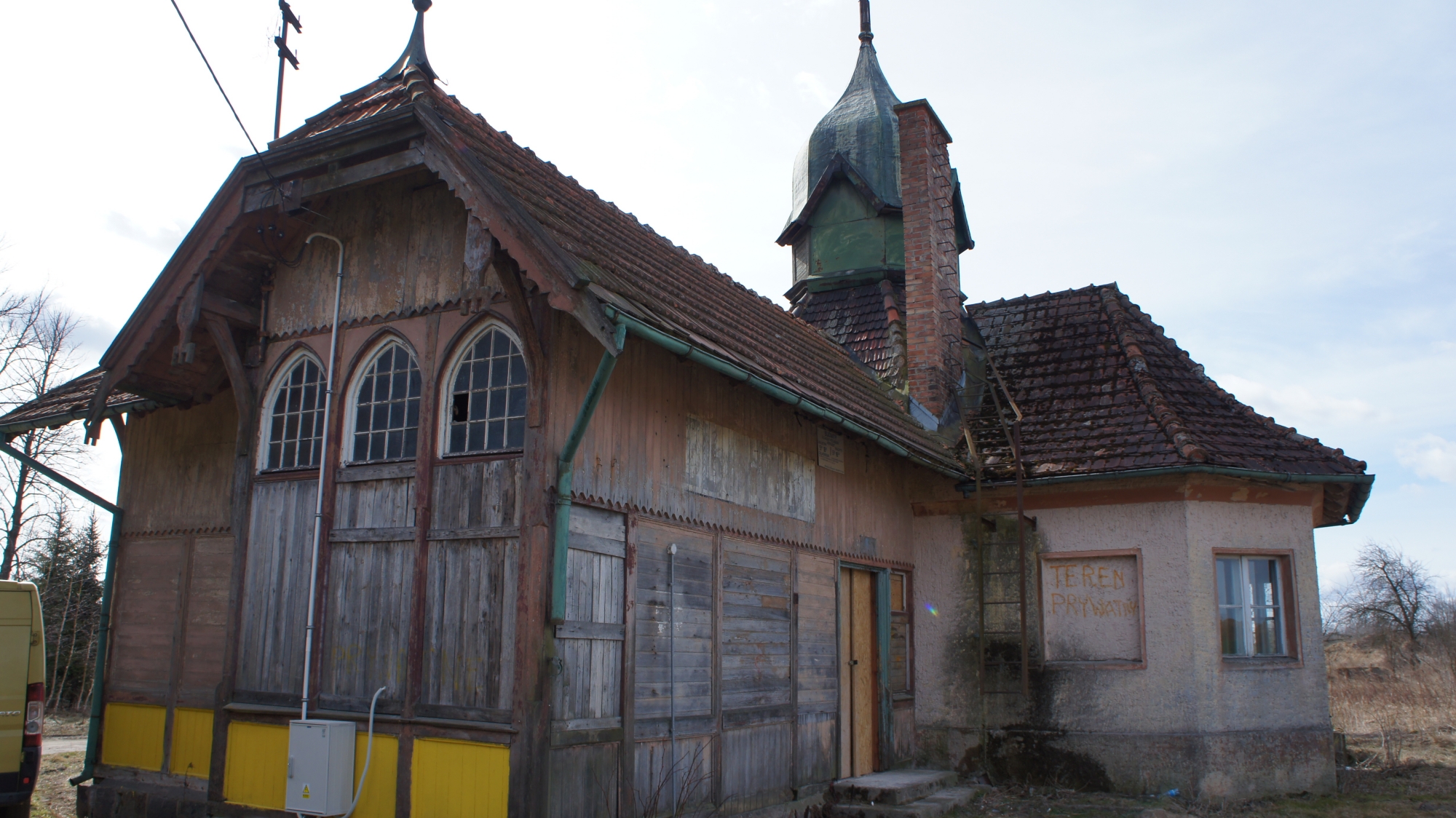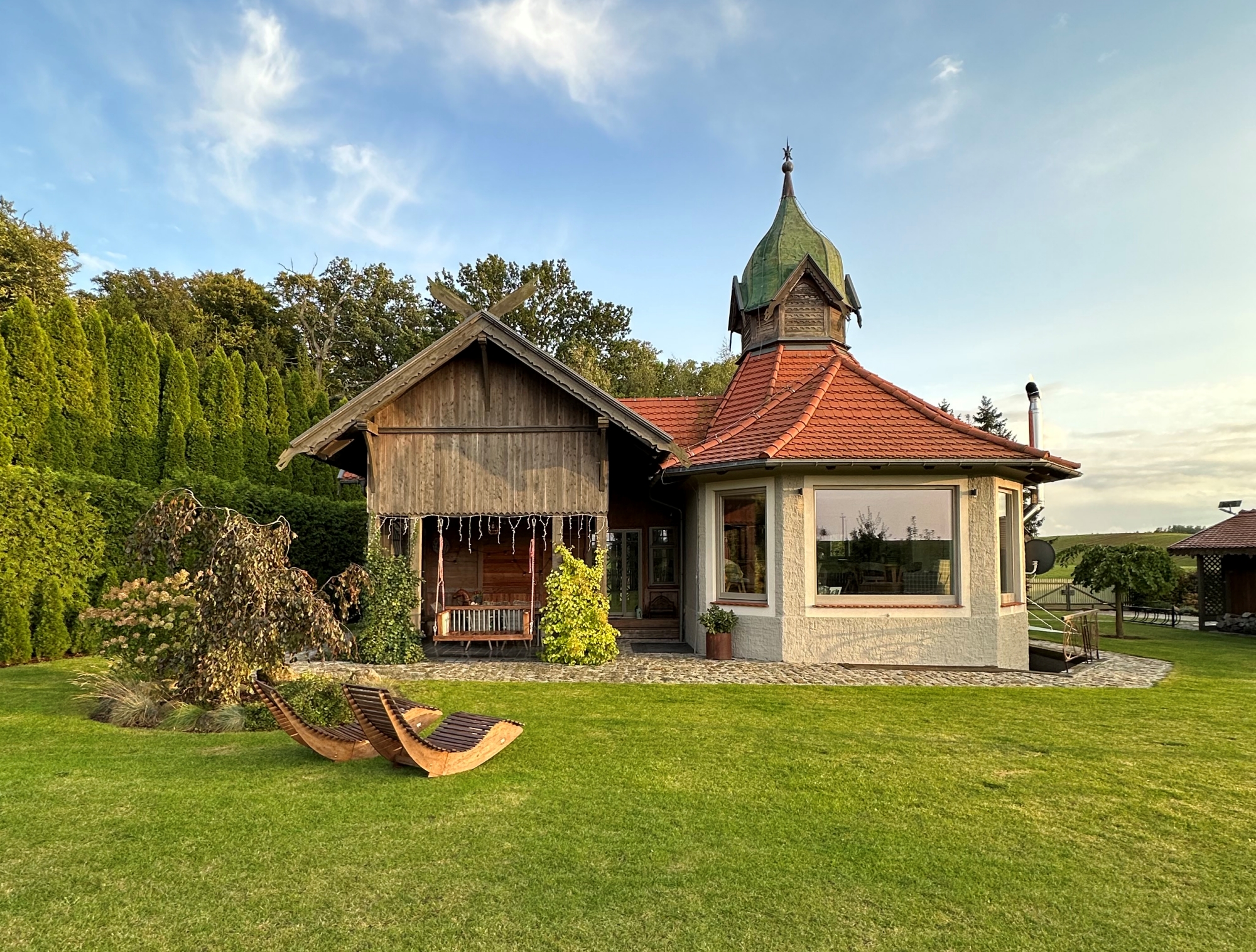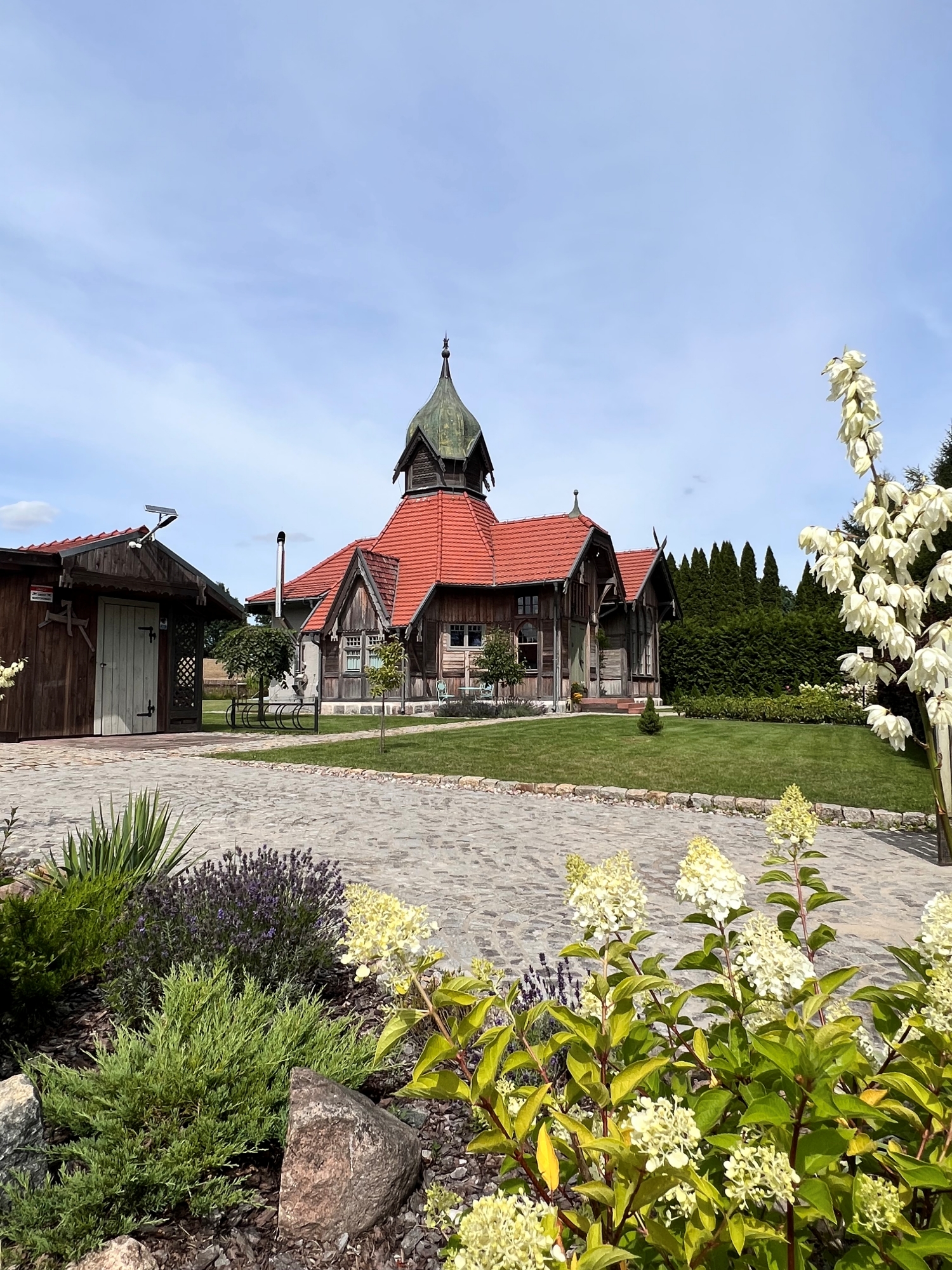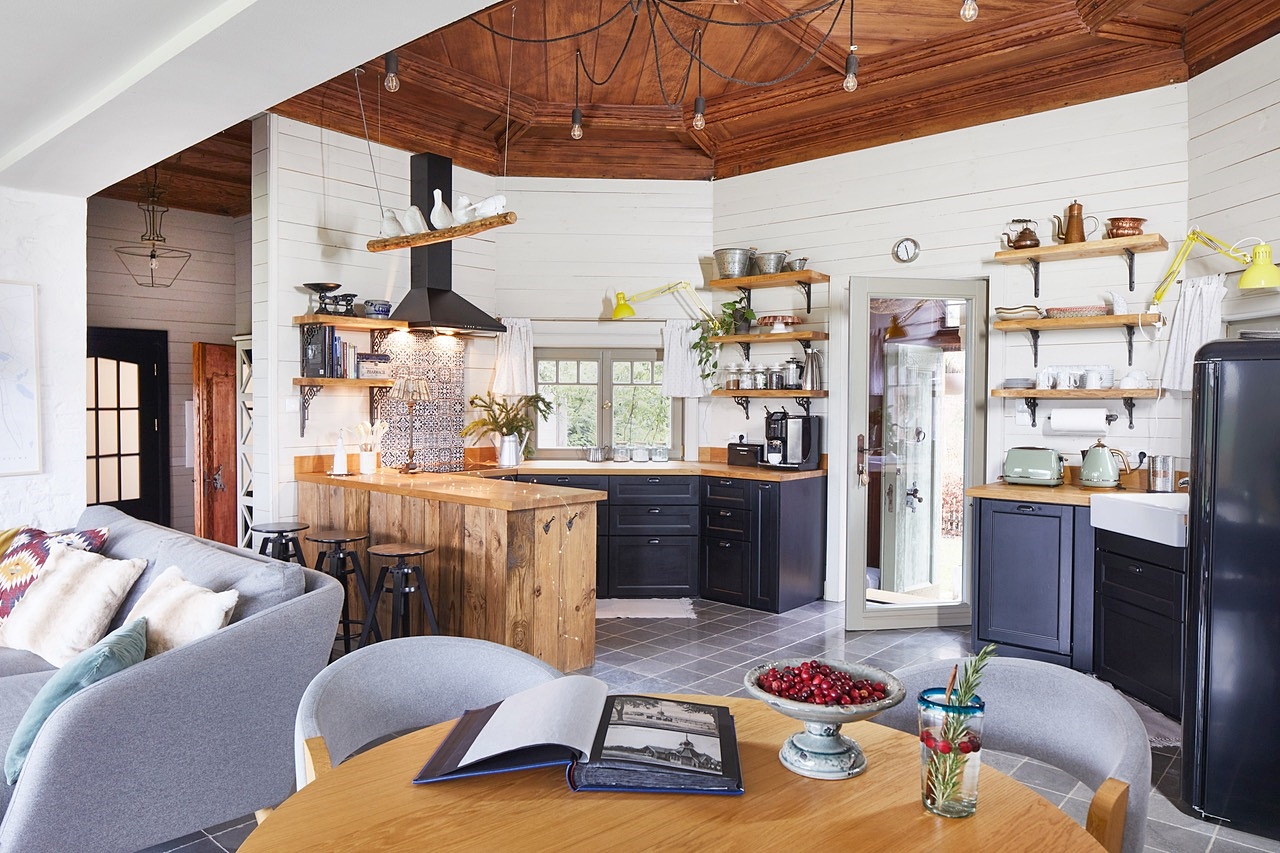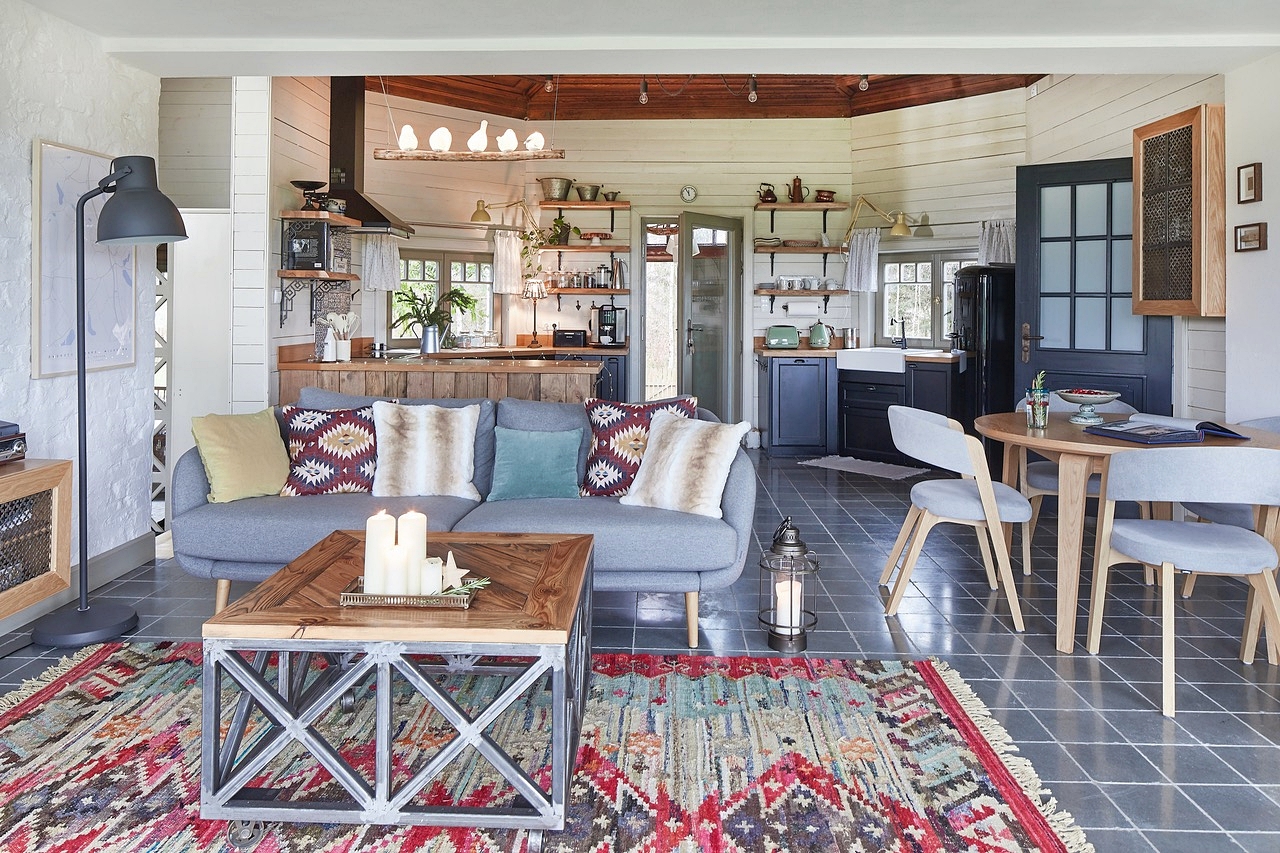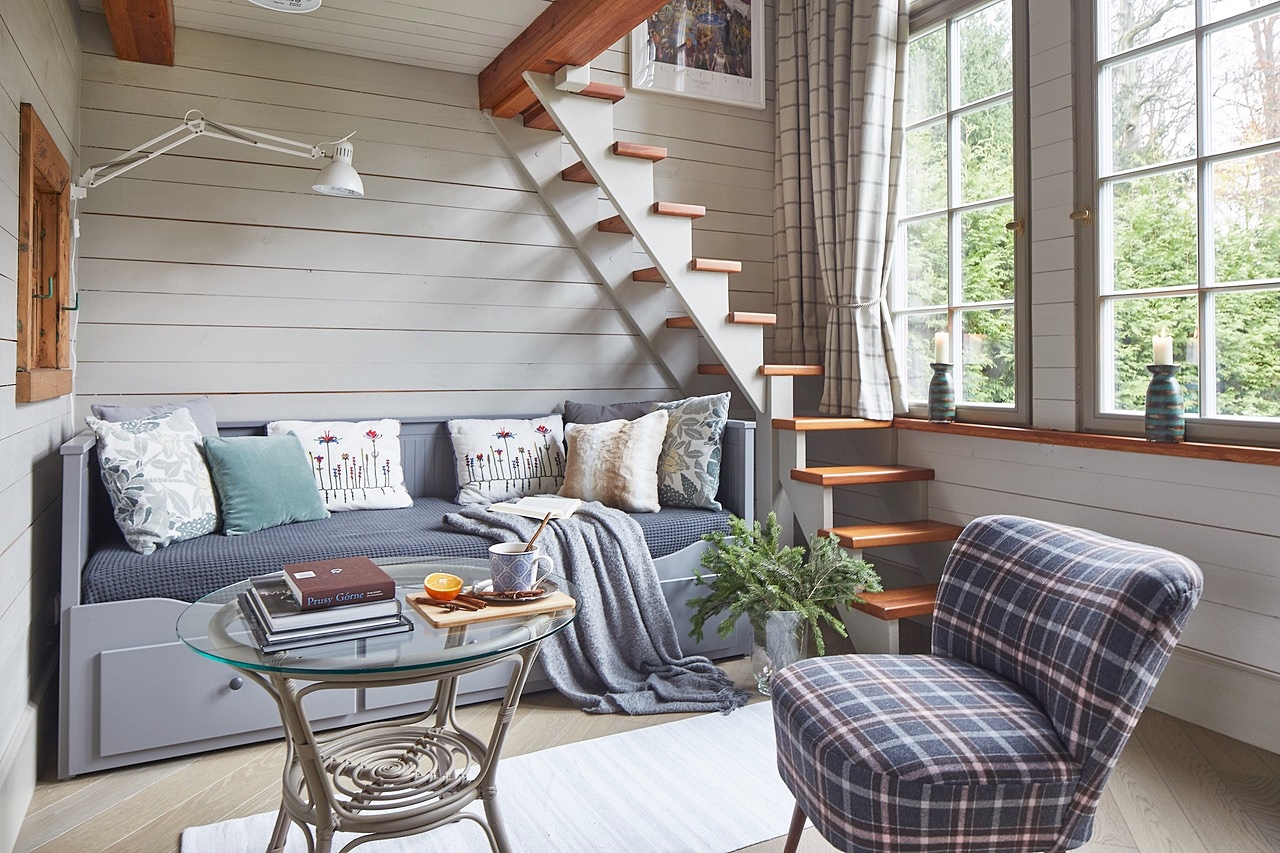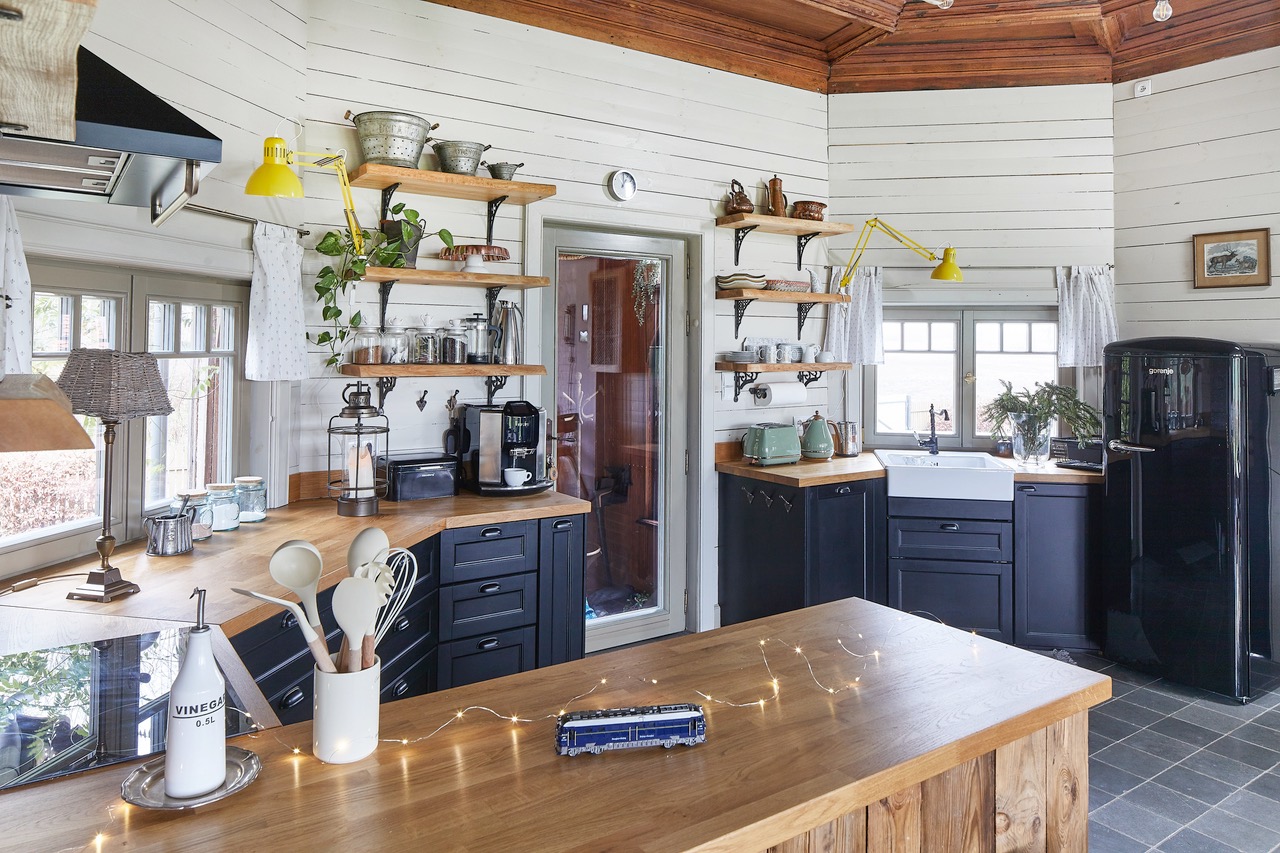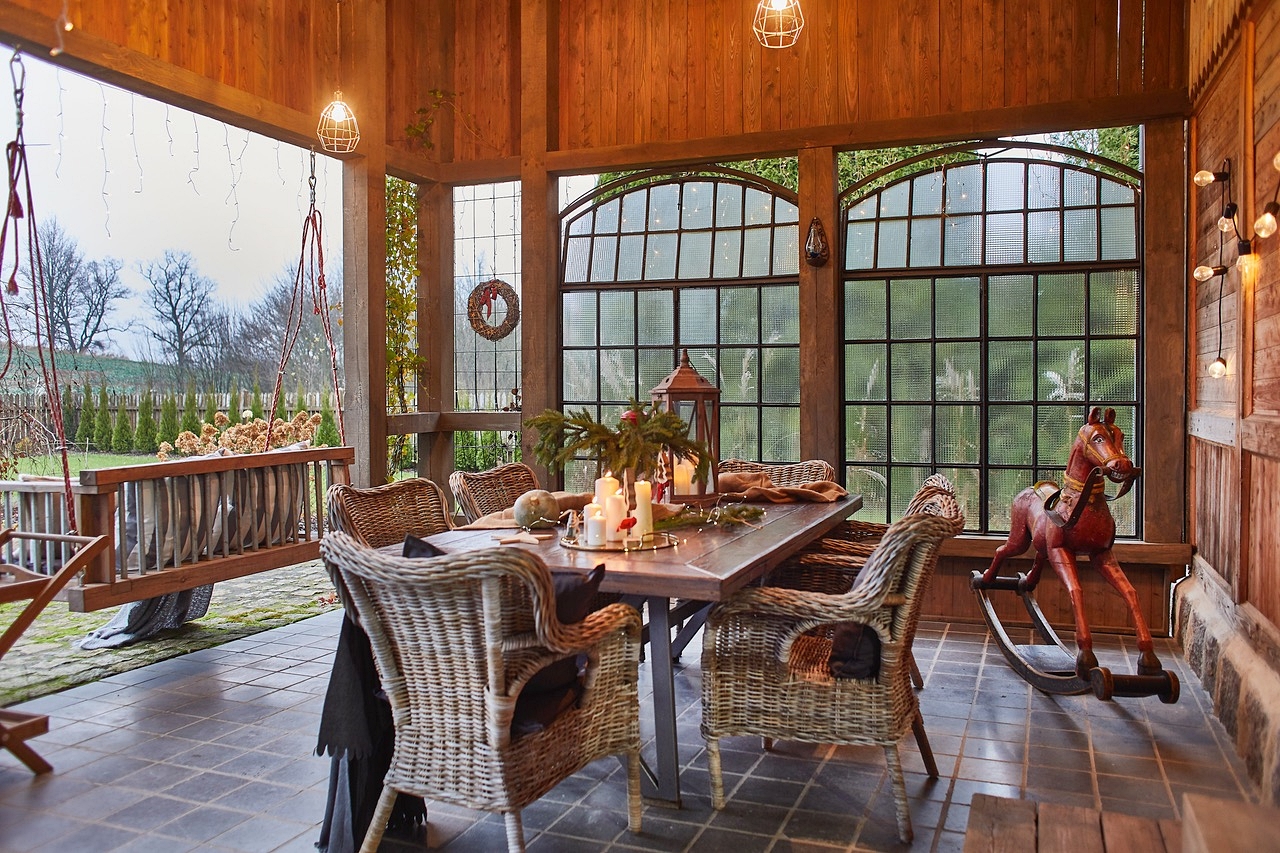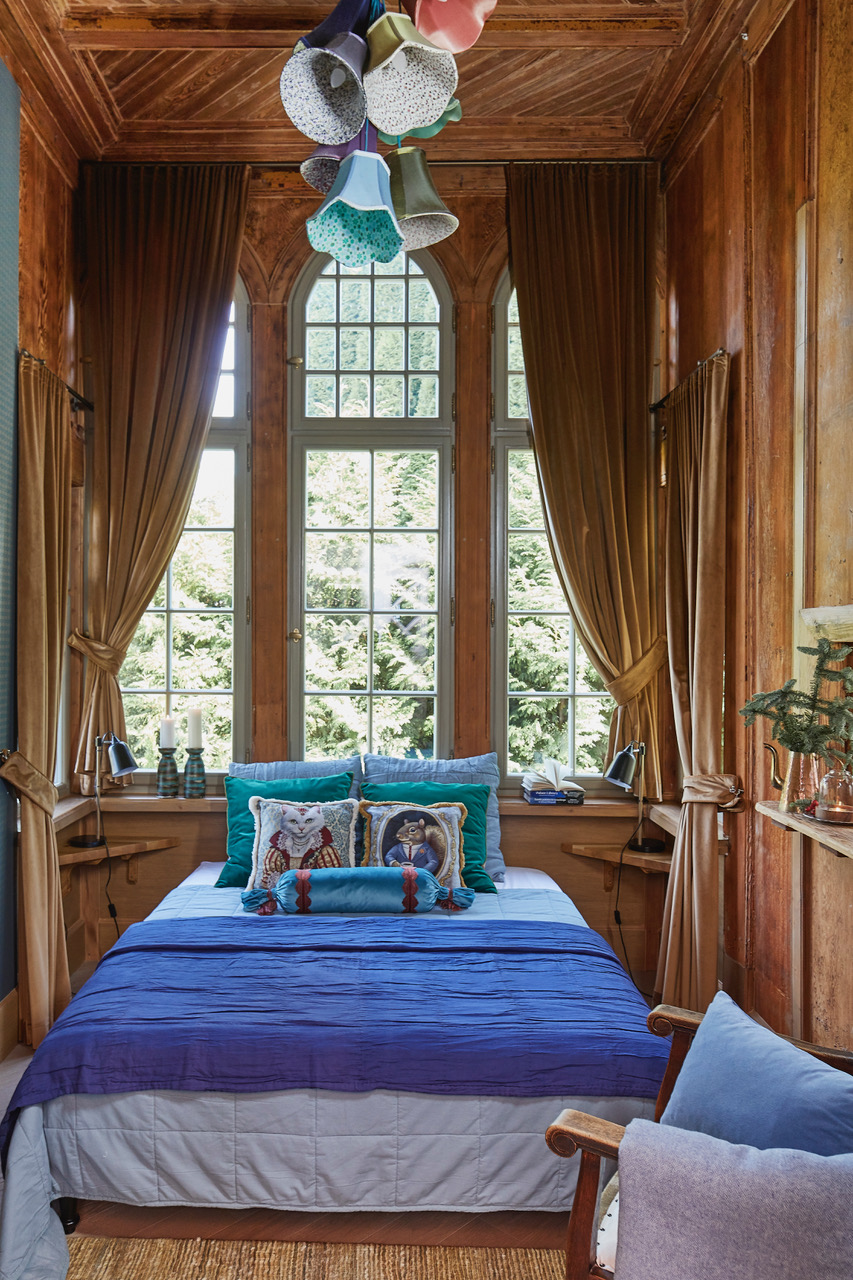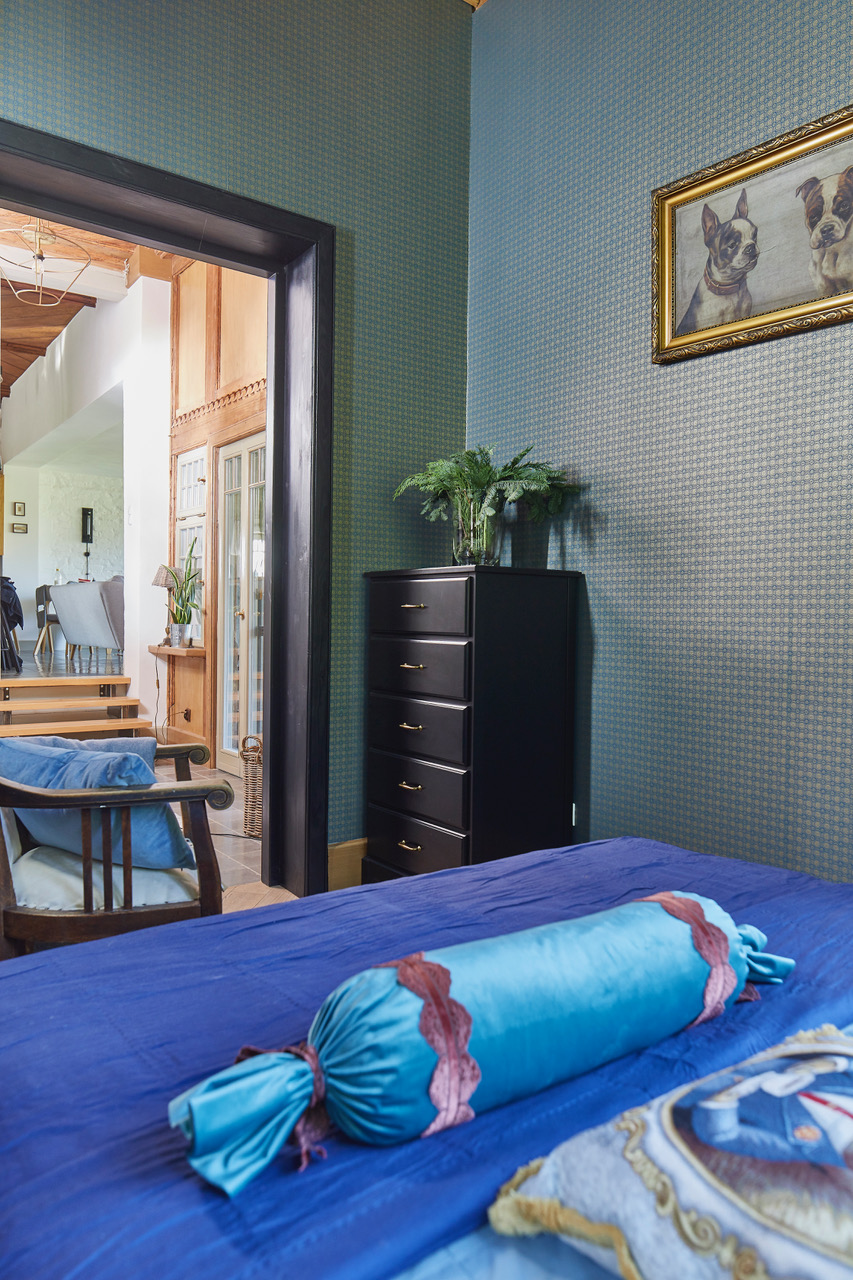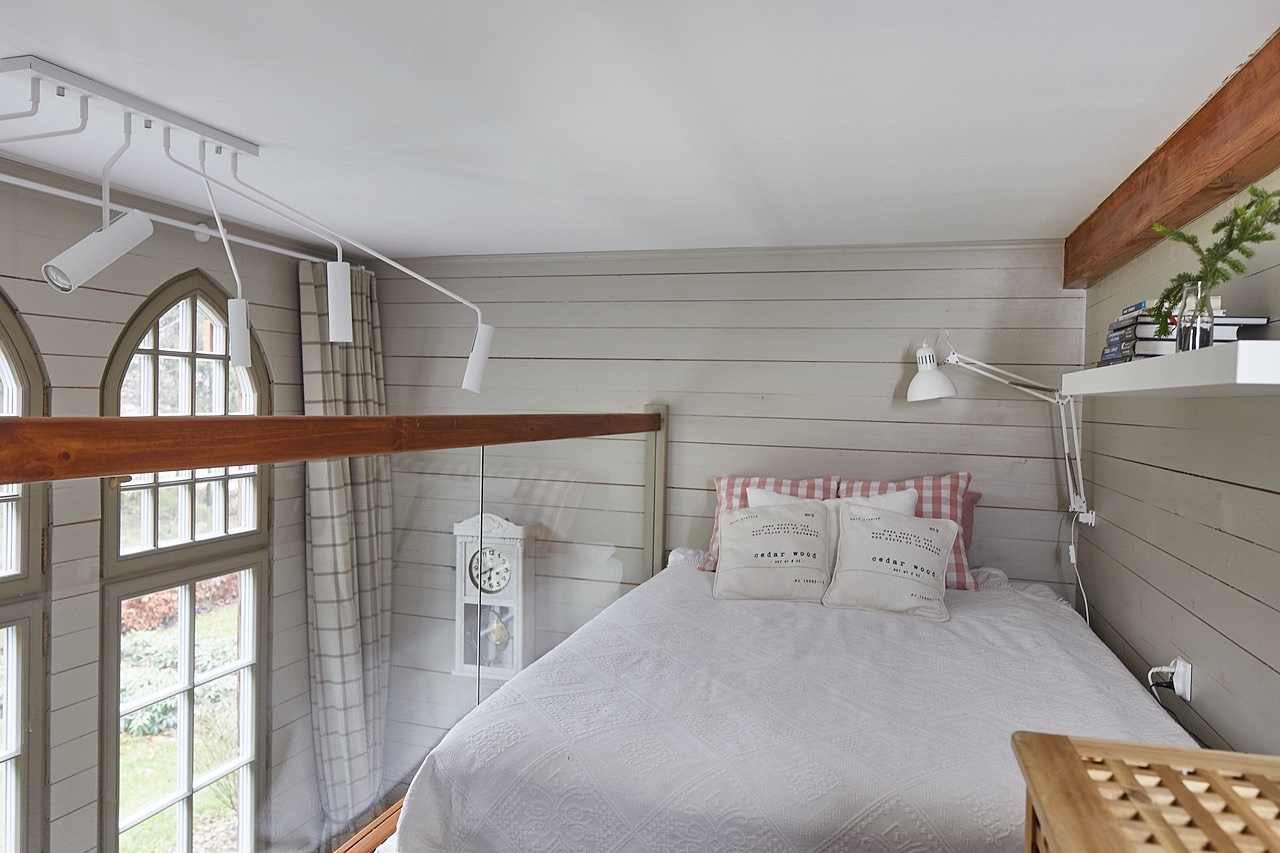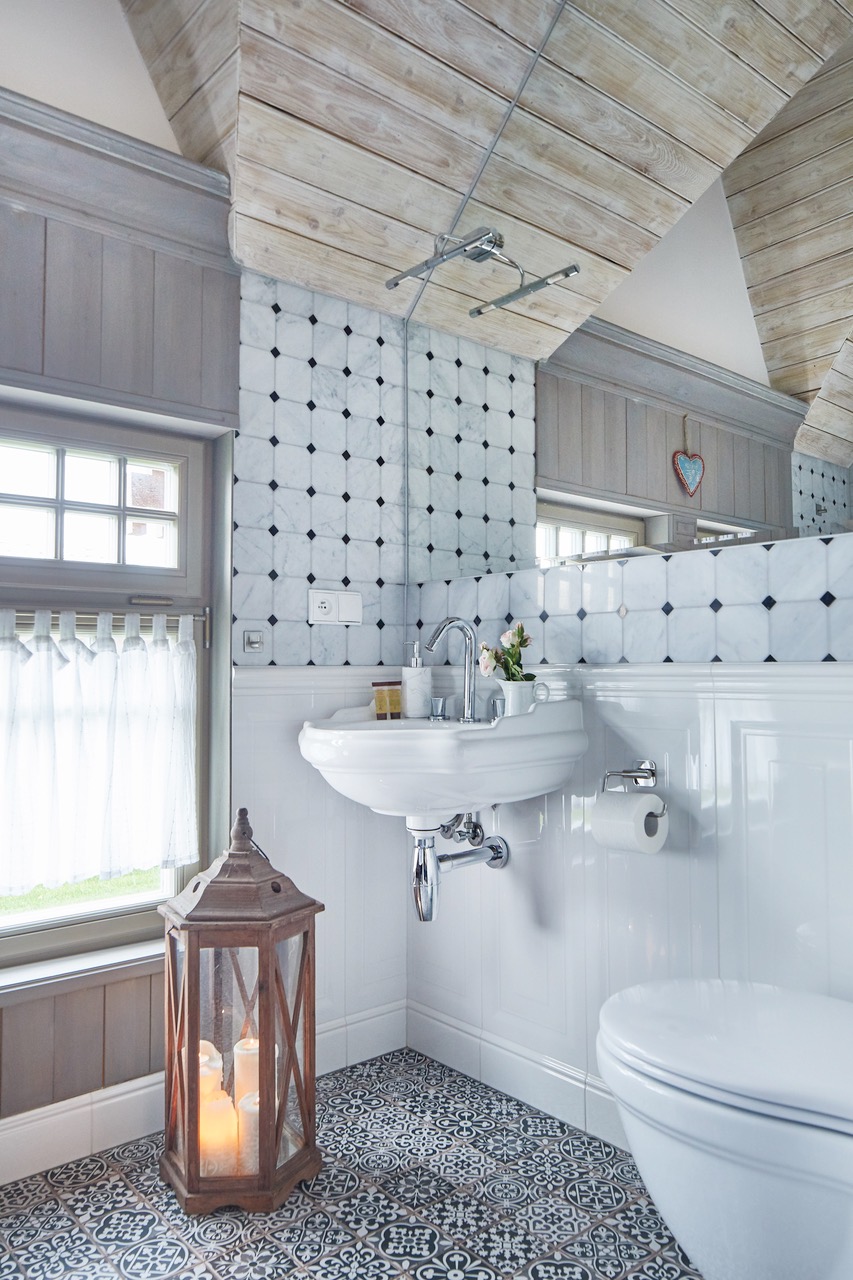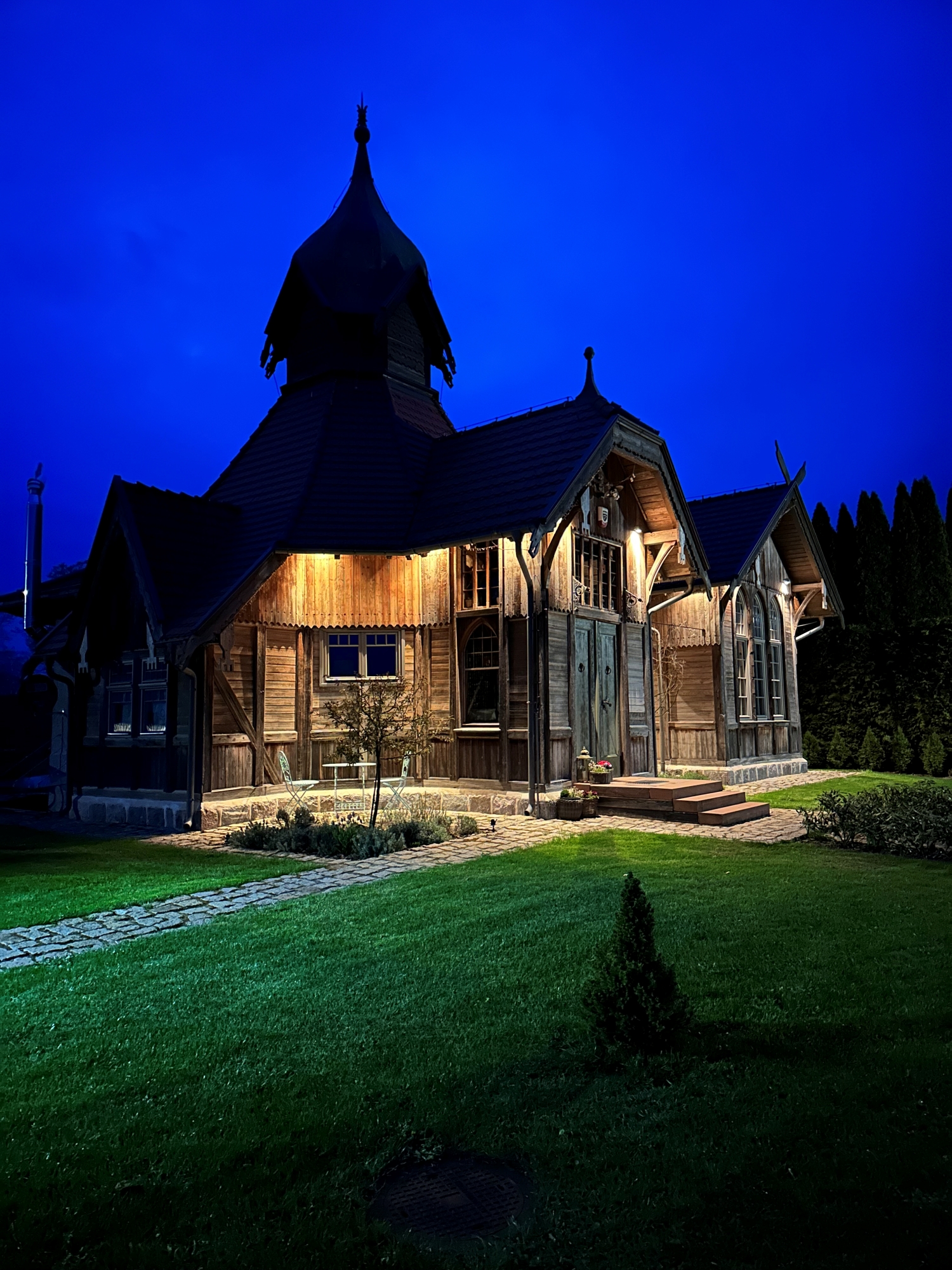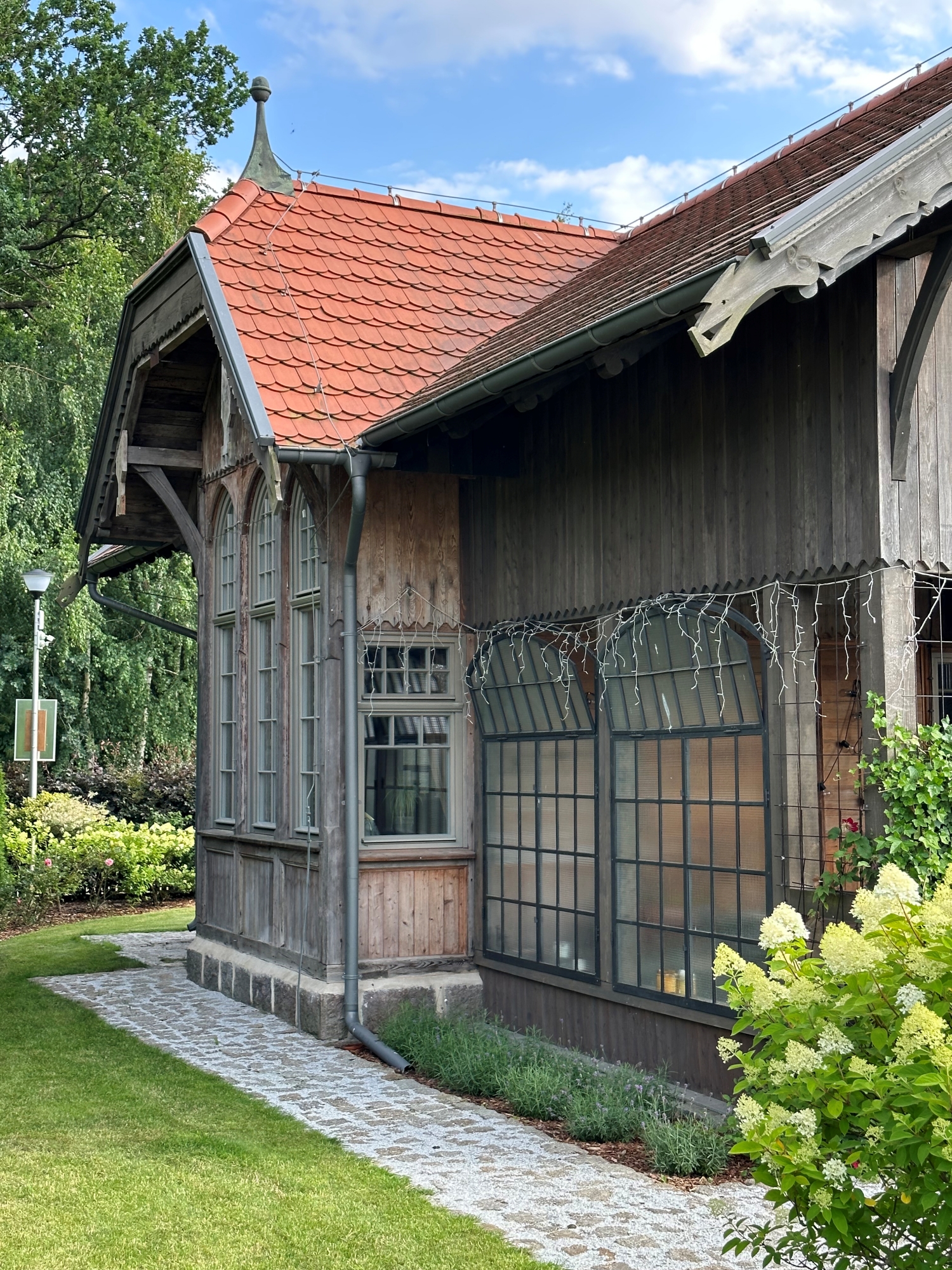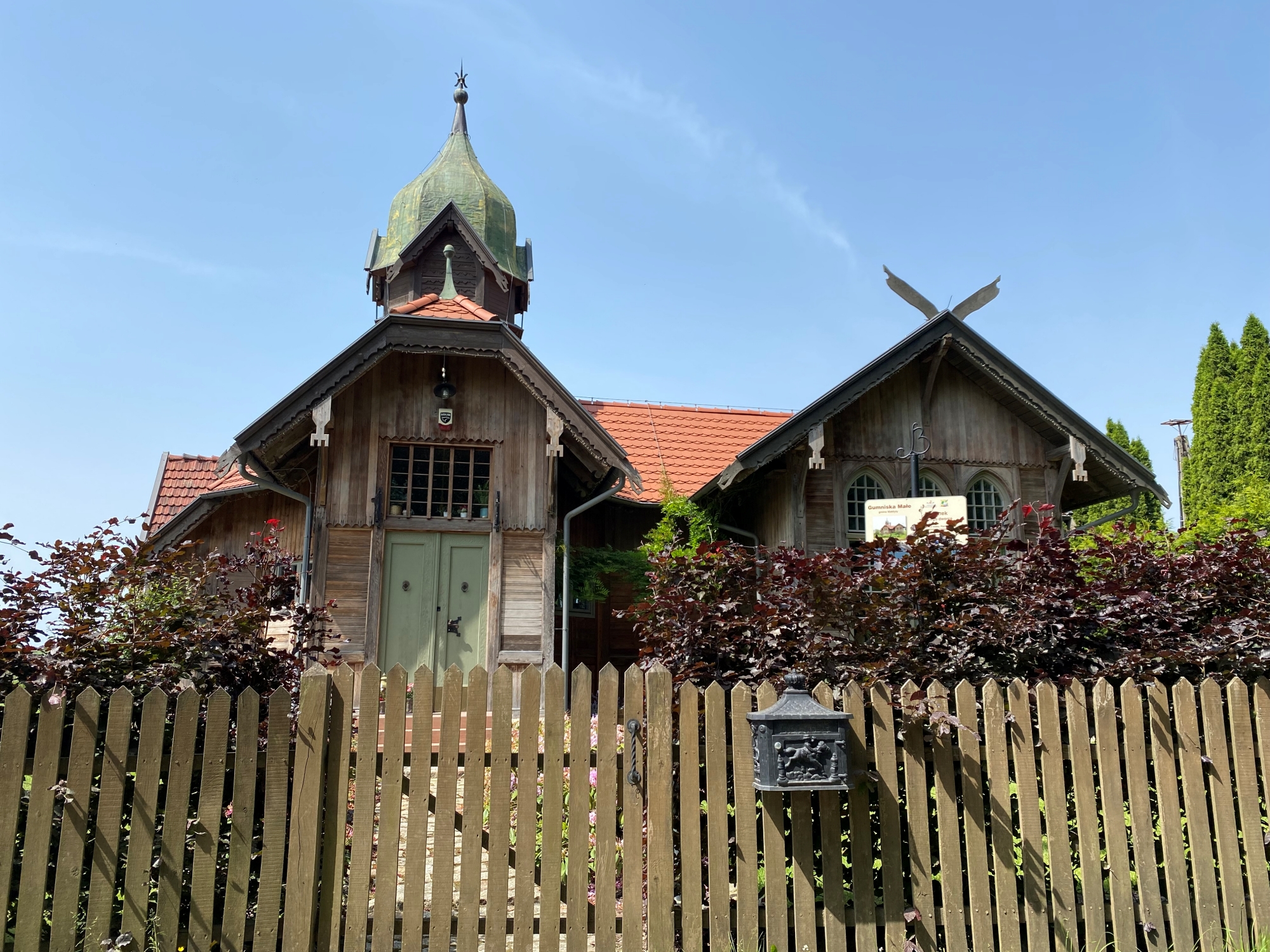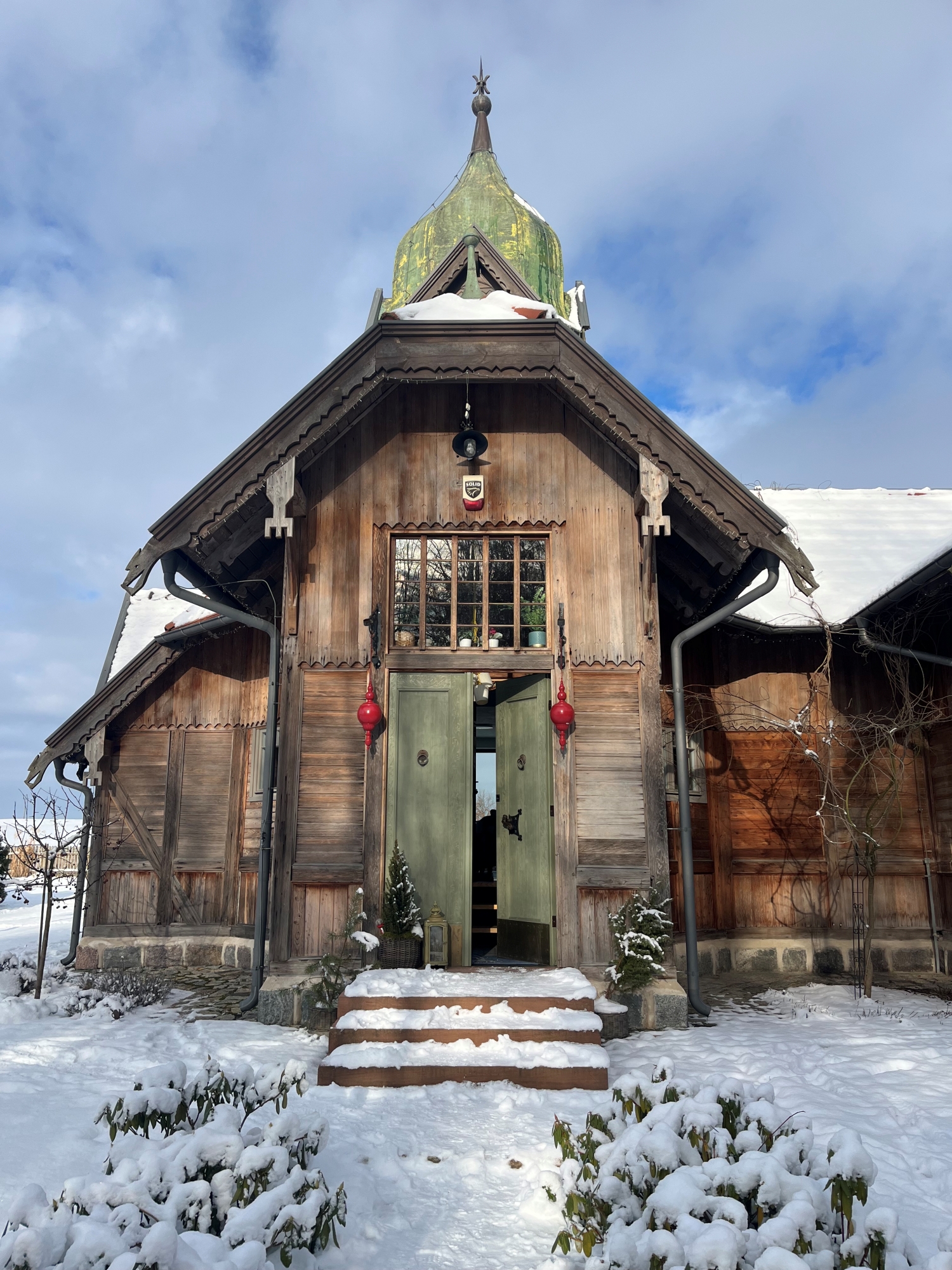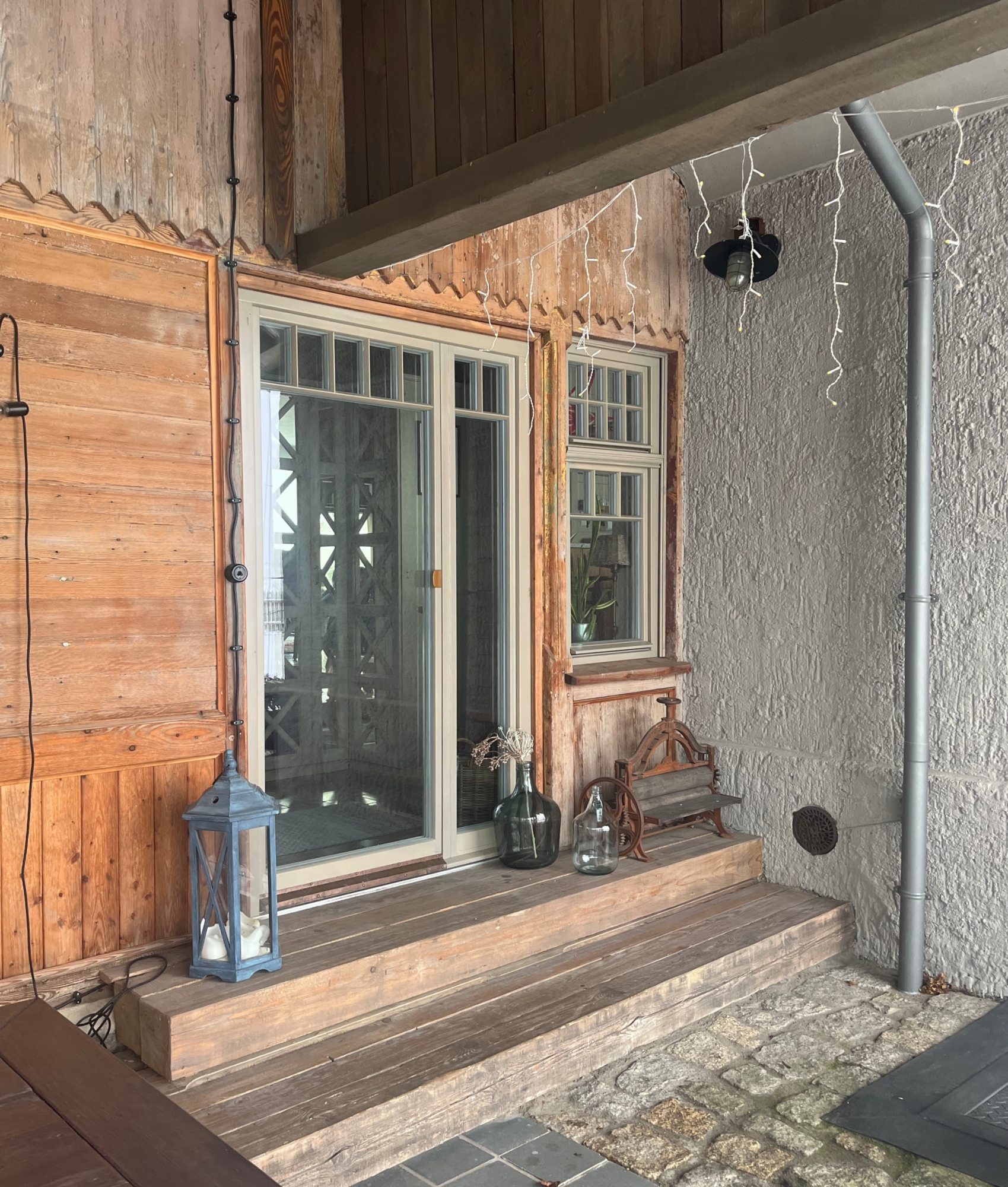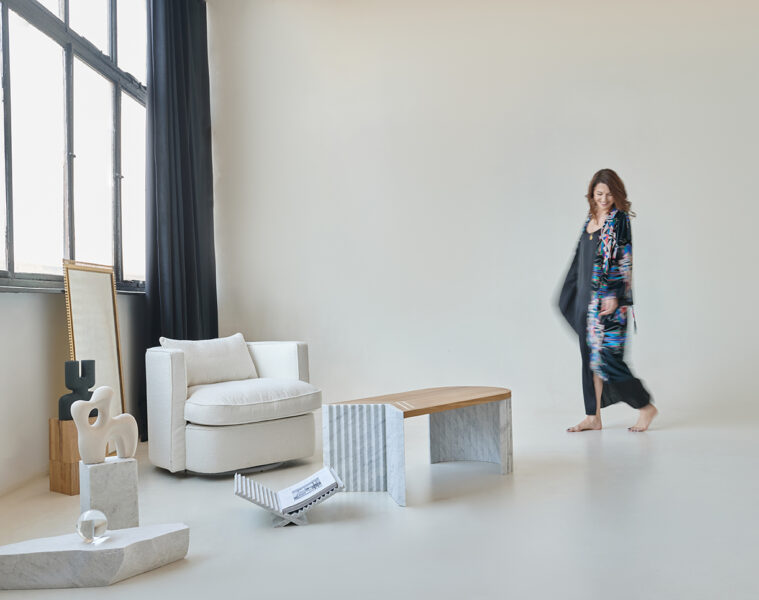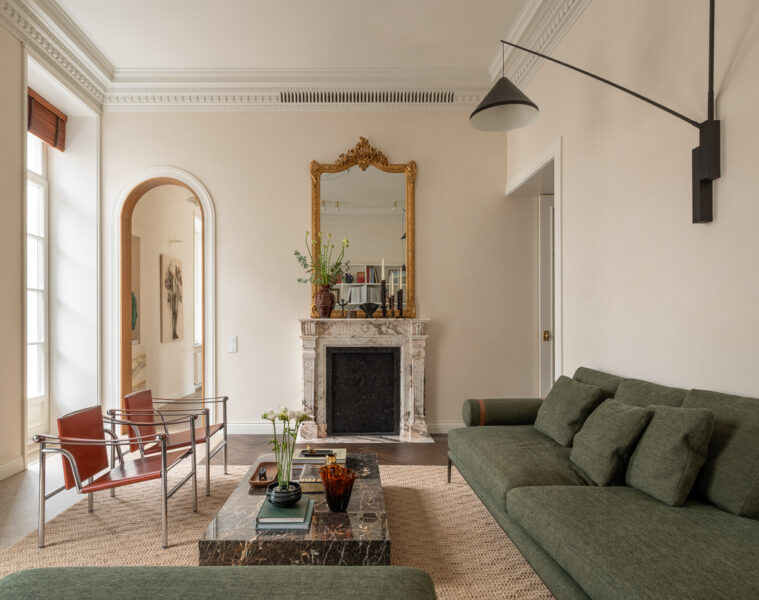The station of Kaiser Wilhelm II Hohenzollern stands just outside Elbląg in the village of Budwity, in the middle of a civilised wilderness and in the midst of unspoilt nature. It was raised from complete ruin a few years ago.The new owners salvaged what they could and restored its lost splendour and breathed new life into thebuilding
The building was erected in 1885 at the special request of Kaiser Wilhelm II Hohenzollern. It was built on this site because the emperor loved hunting and the wild surroundings abounded with game. A second reason for erecting the station in this area was Wilhelm’s secret journeys to his lover, who was a count from the Dohn family living in the Prakwice estate
The railway station after renovation. Photo: whiteMAD

Legend has it that the welcoming imperial pavilion – as the station was then called – was more than just a railway station. Romantic get-togethers and lavish balls were held there. The pavilion was built on a horseshoe-shaped octagonal ground plan, the ends of which opened up onto the access road. The building was topped with a dome reminiscent of the old Prussian helmet, while the turret was topped with a flagpole, decorated with the imperial flag during each of Wilhelm II’s visits. In turn, a bay window with a spacious tripartite window overlooked the tracks. In its original version, the station had a veranda, which was later built over to form an additional wing. At the request of Wilhelm, who was known for his weakness for Nordic style, the entire building was decorated with woodcarving elements associated with Viking culture
The railway station after the renovation. Photo: dworzecwilhelma.pl
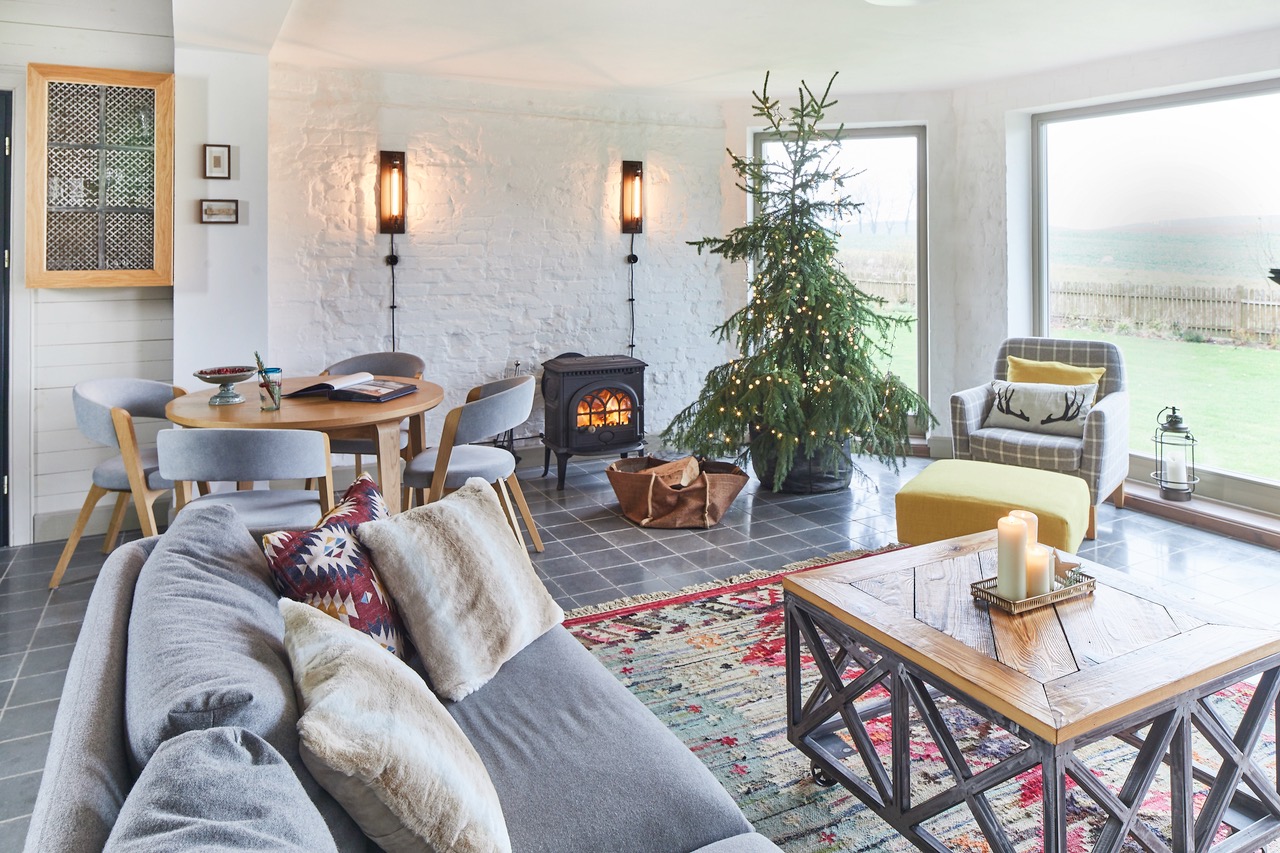
The platform where the train stopped was lit by gas lamps. After the First World War and the abdication of Wilhelm, who decided to spend the rest of his life in the Netherlands, the station building was moved from Prakwice to Budwity station. The operation was made possible by the wooden construction of the building. In the new location, the pavilion was modernised by adding a signal box on one side. In this way, the building lost its original shape. After the Second World War, railway families lived in the pavilion and the only neighbouring building. However, further renovations were carried out in the 1950s to adapt the station for residential purposes. After the 1989 breakthrough, the train stopped at Budwity station only once a day, and in 1999 the route was completely closed and the station began to decline, falling victim to looters
Kaiser Wilhelm II station before and after renovation. Photo: dworzecwilhelma.pl
The new owners bought the building from the State Railways. Before they could begin to uncover all the secrets of the place, it had to be cleaned up. For many years, bonfires had been burned there and piles of rubbish had been left, devastating the station in the process. Great care and attention was taken to raise the building from ruin. Thus, the restored Kaiser Wilhelm Station has 90% of its original façade and a fragment of the old roof tiles. Beneath the plaster, the owners found a decorative ceiling, while the two pairs of beautiful doors to the ticket office were only seen when the sheet metal was torn off. The platform shelter was also successfully reconstructed, while the two bedrooms are linked by an antique ticket office window
As a result, the station is a harmonious blend of past and present
Source: dworzecwilhelma.pl
Read also: Architecture | Railway station | Railway | Metamorphosis | Renovation | Interiors | History

